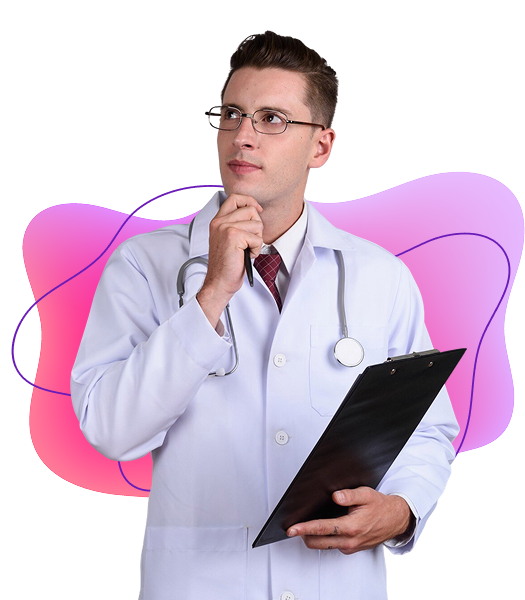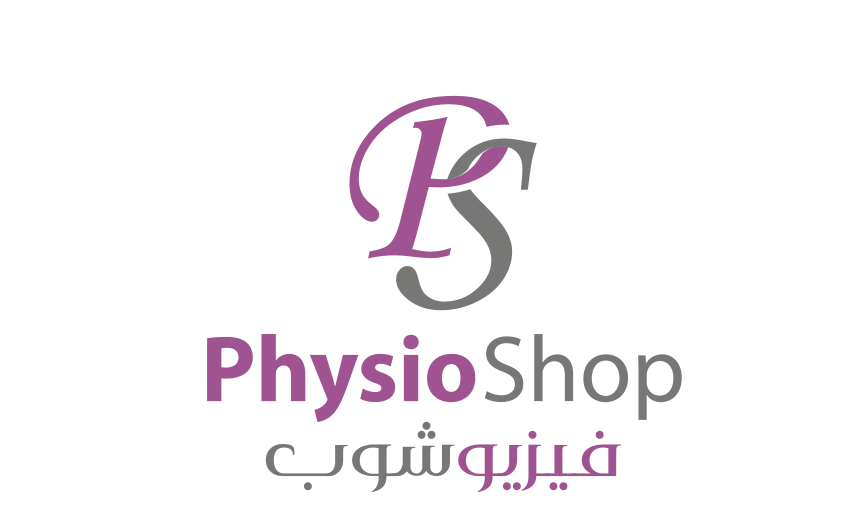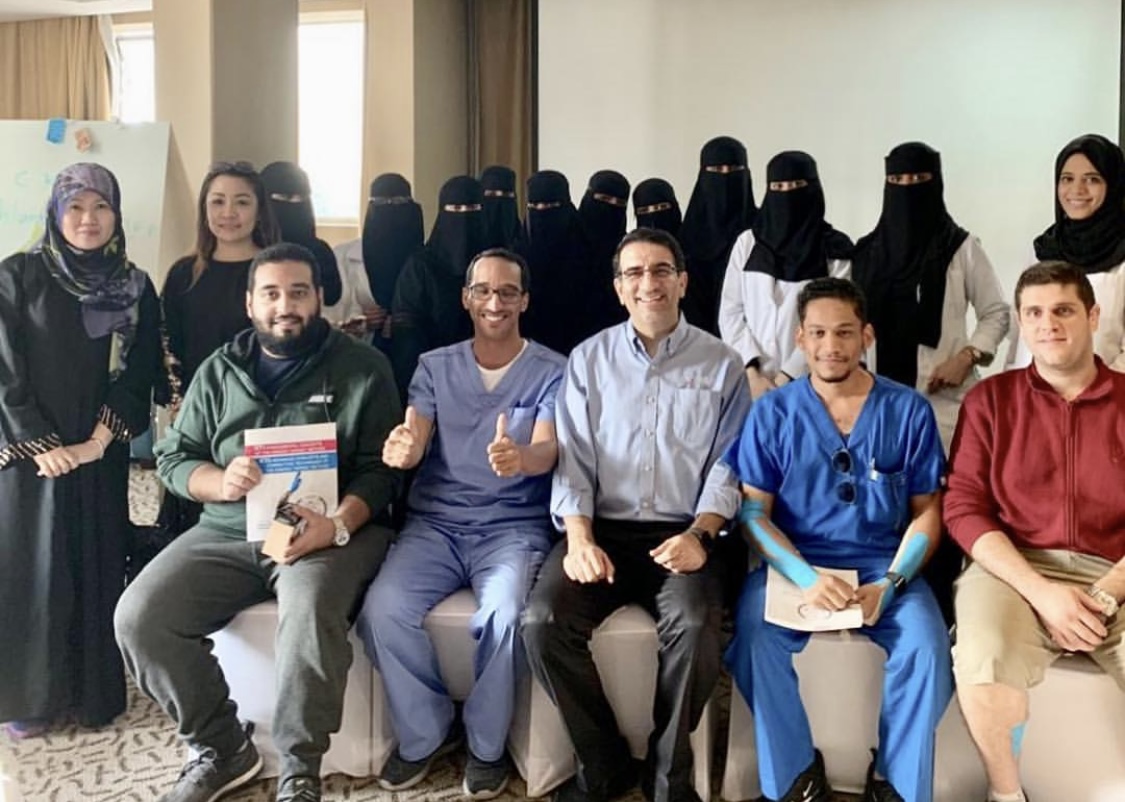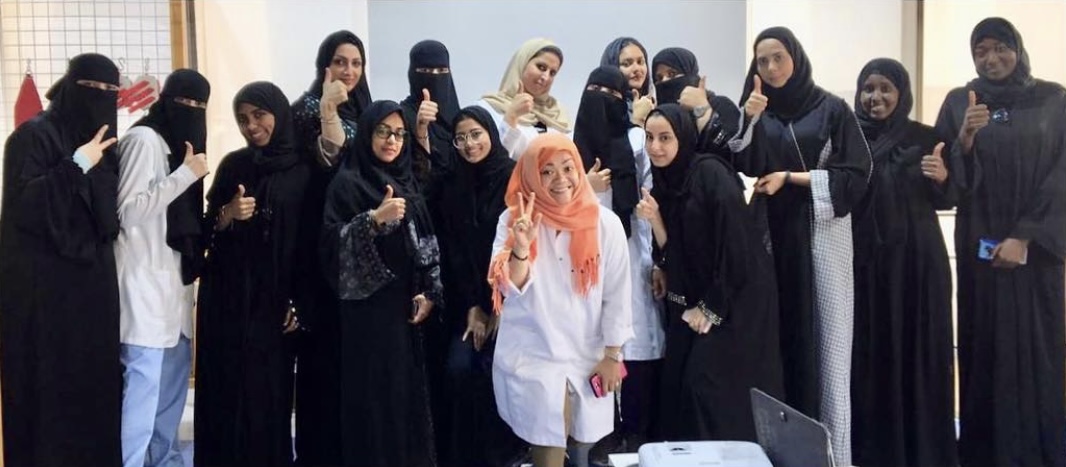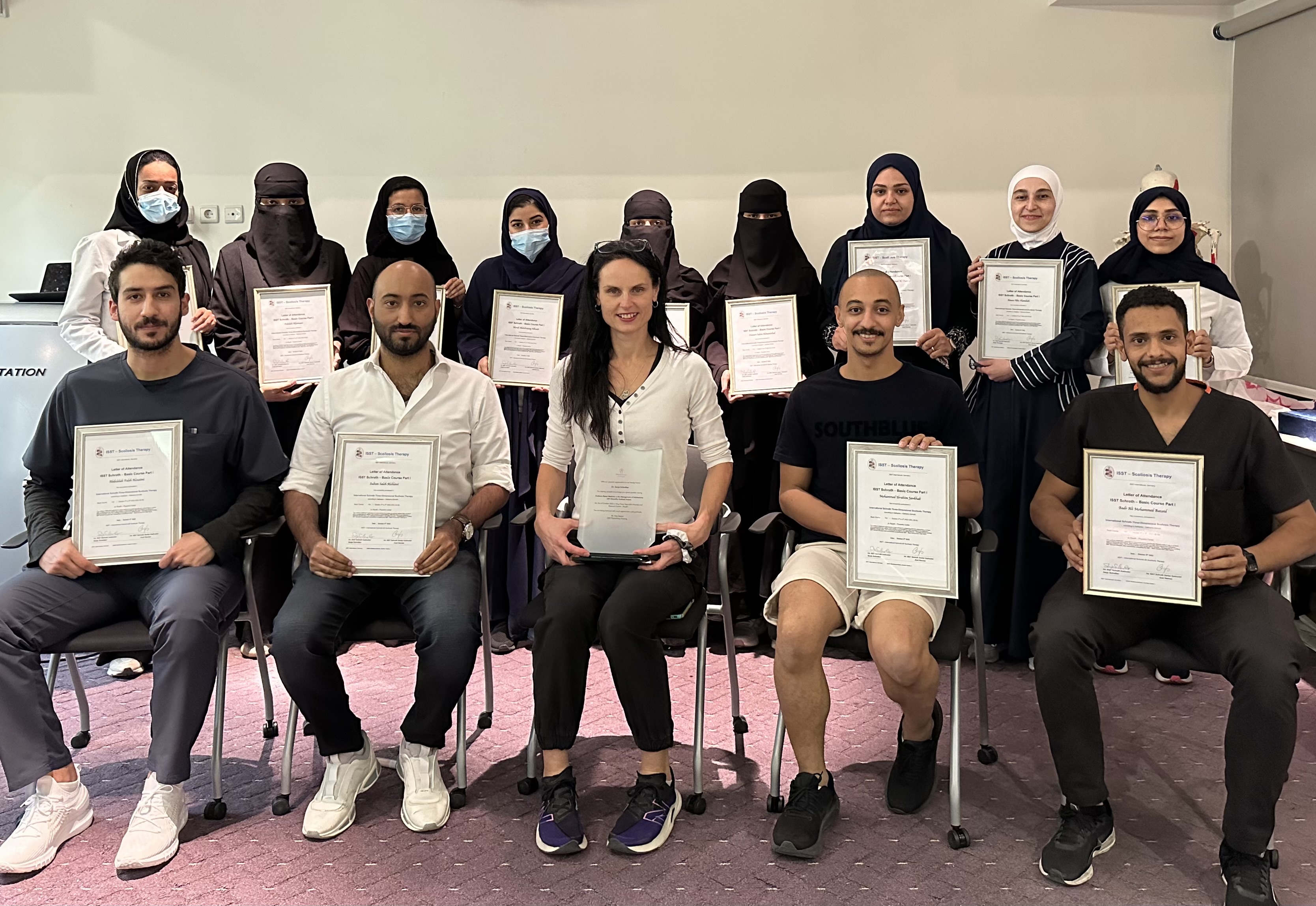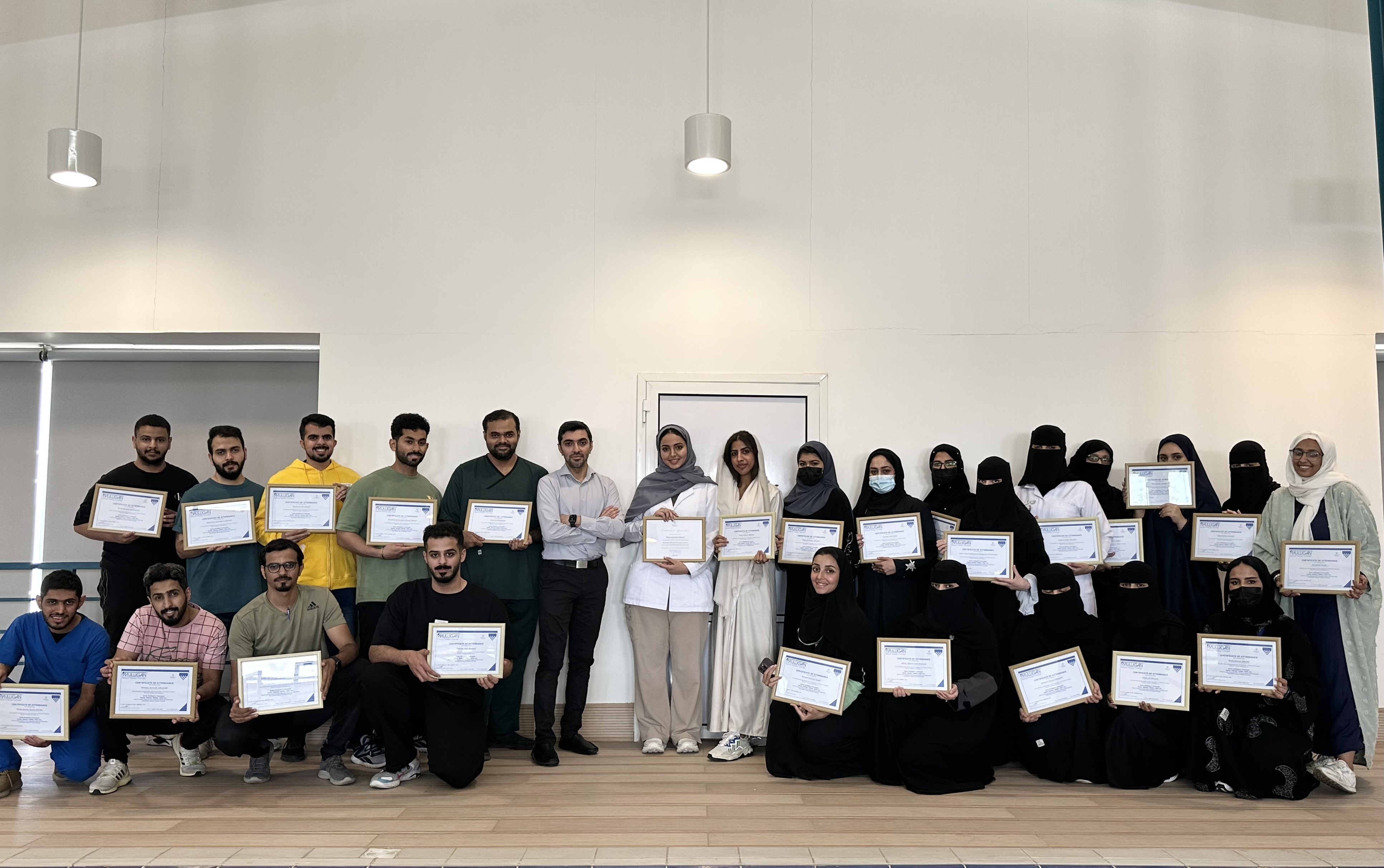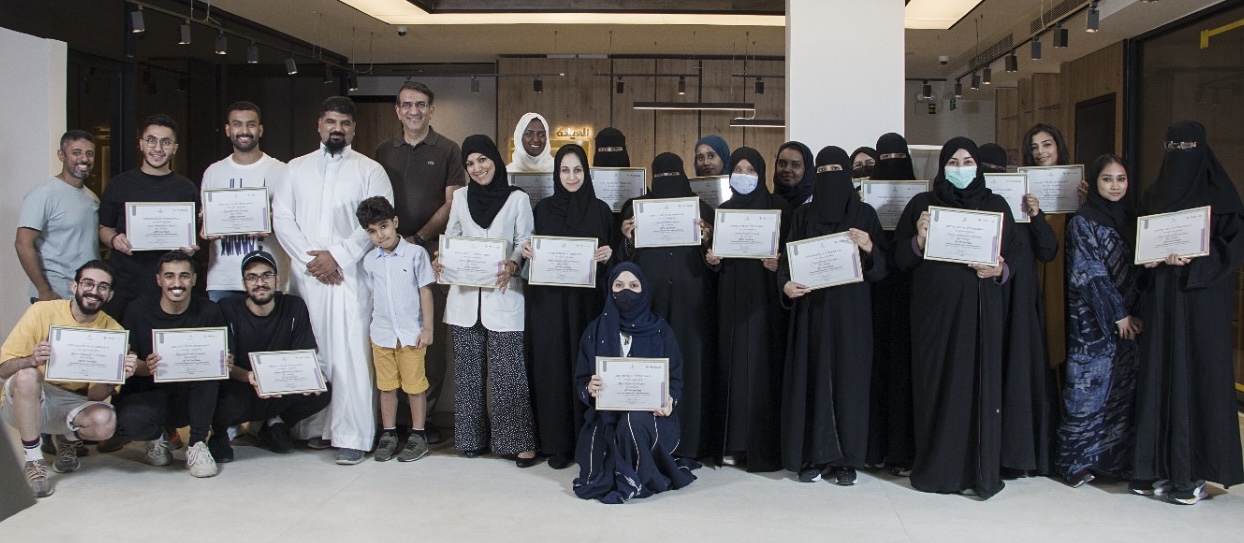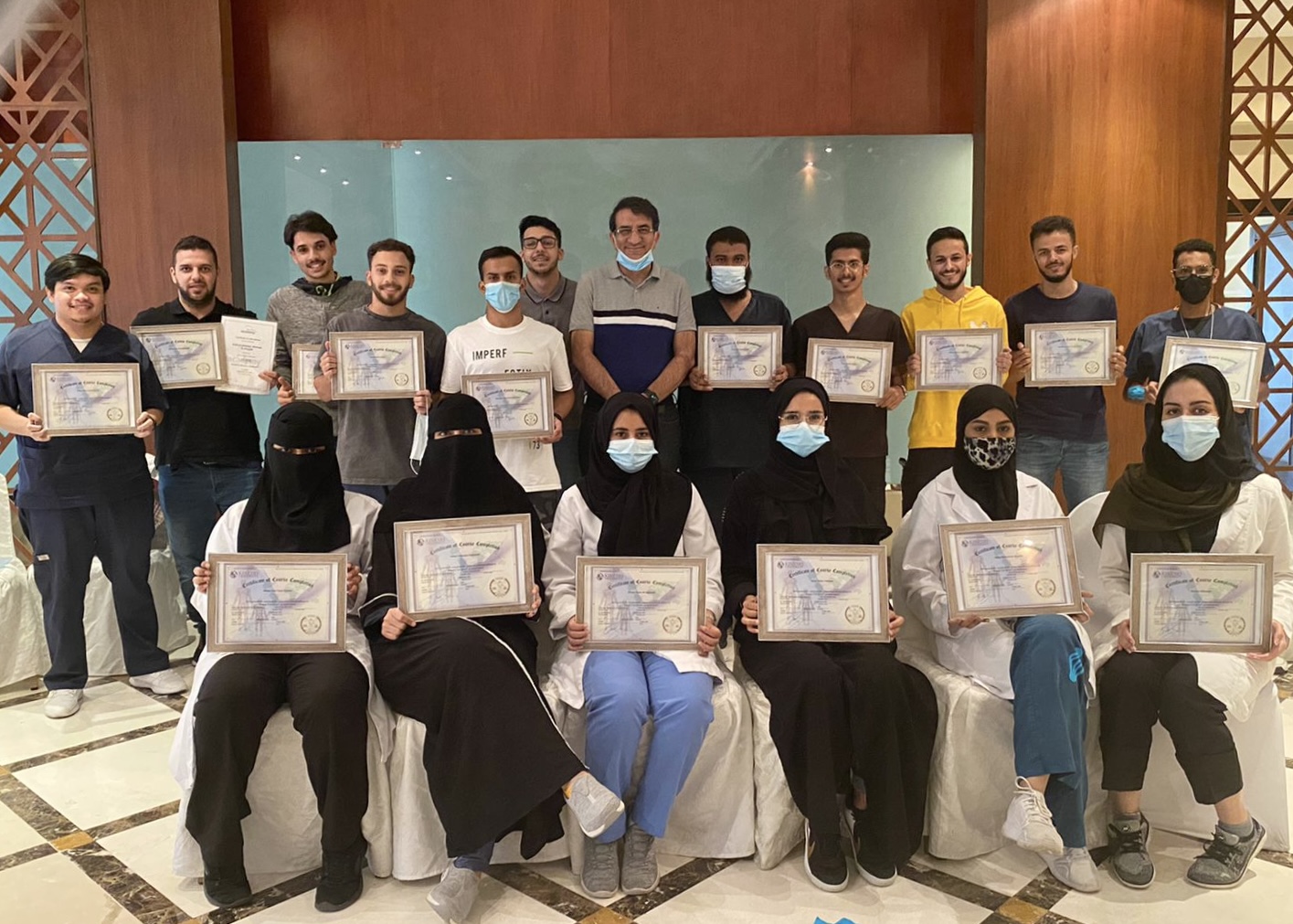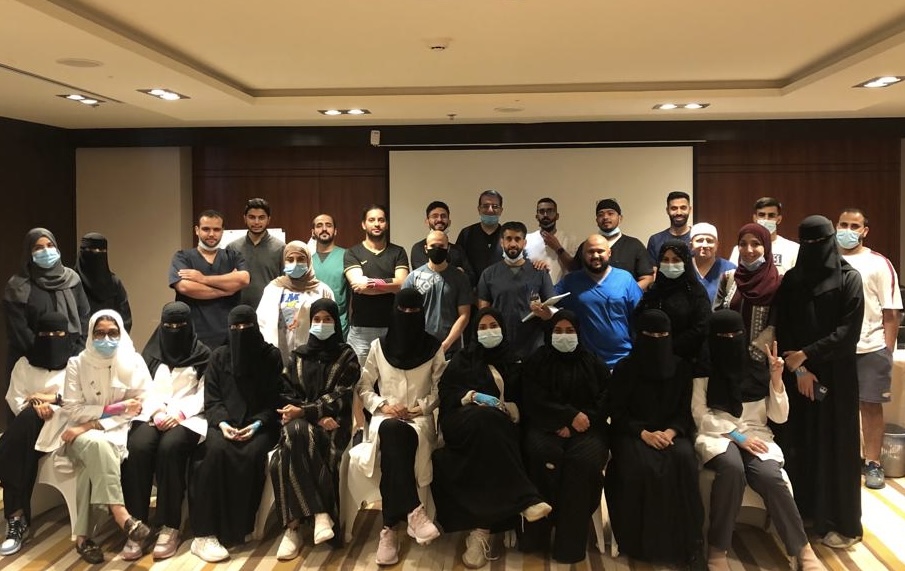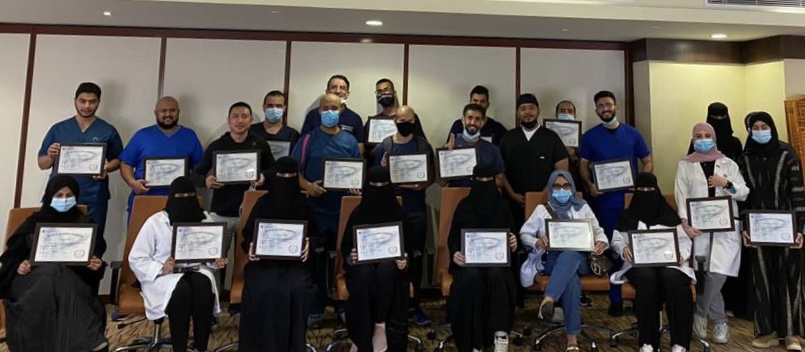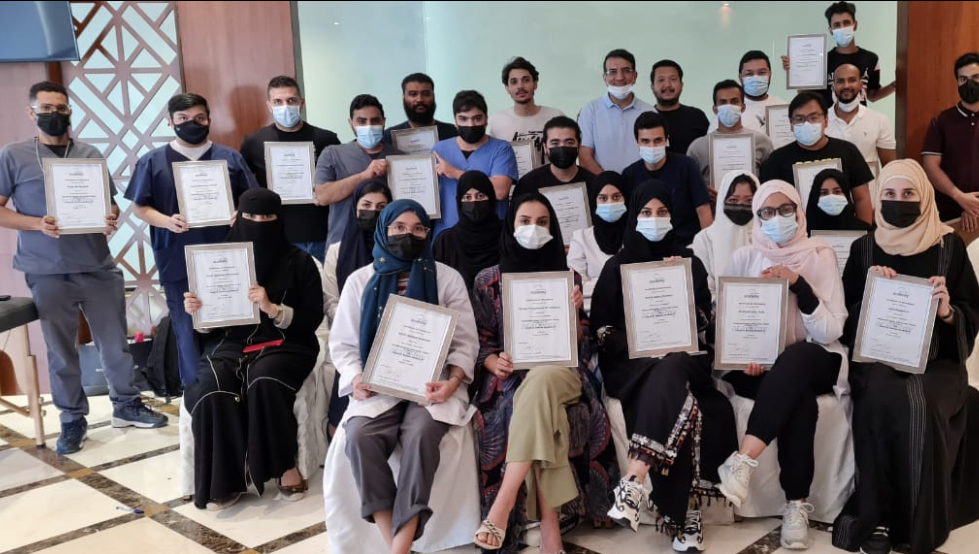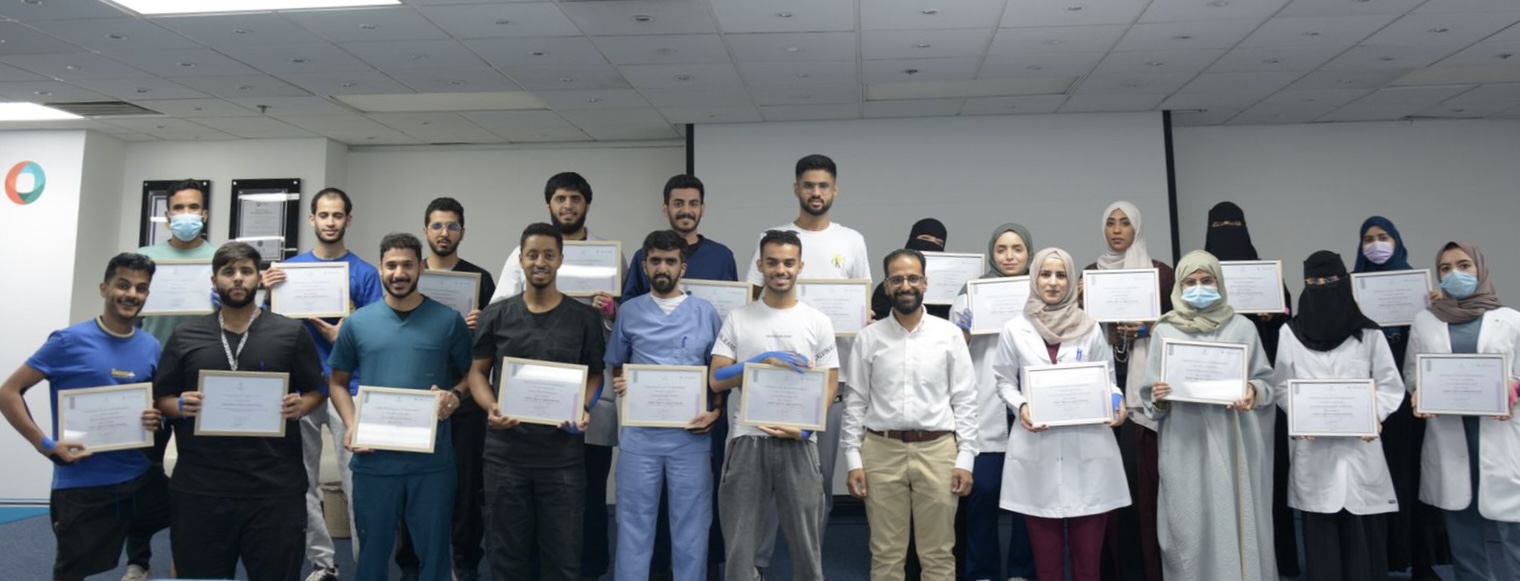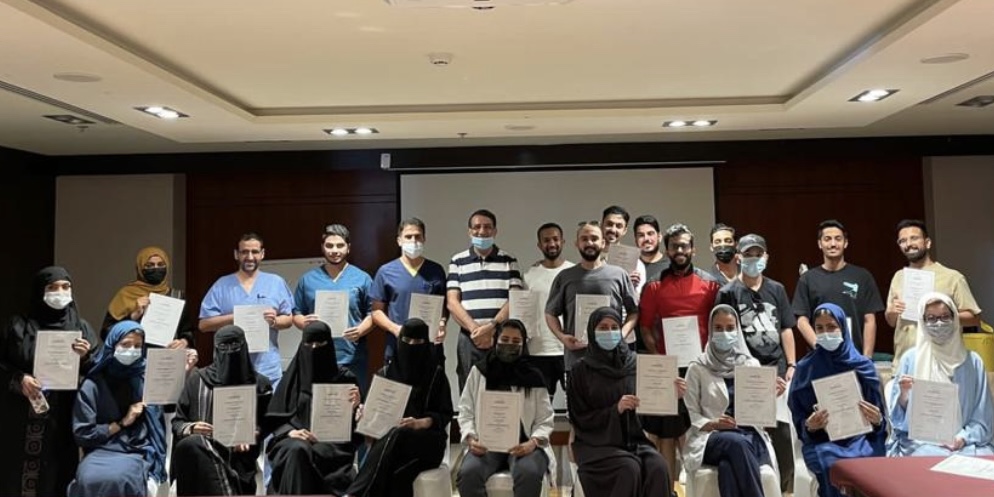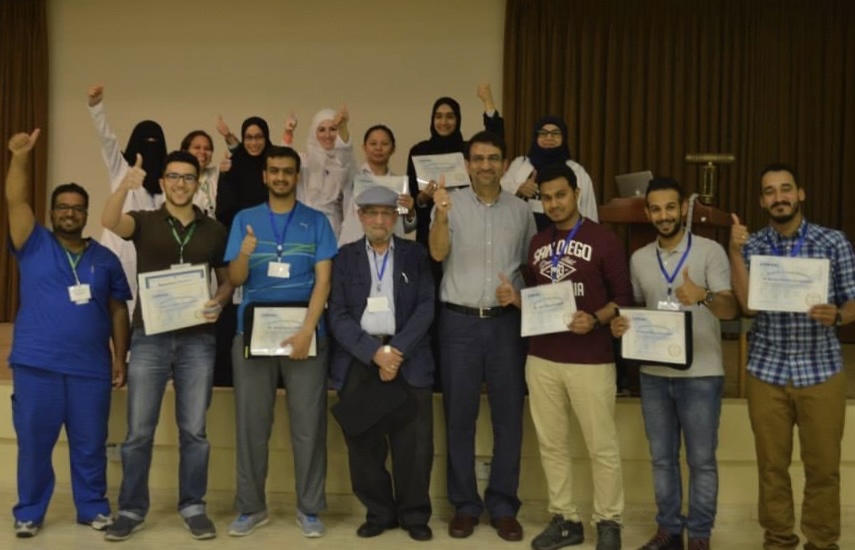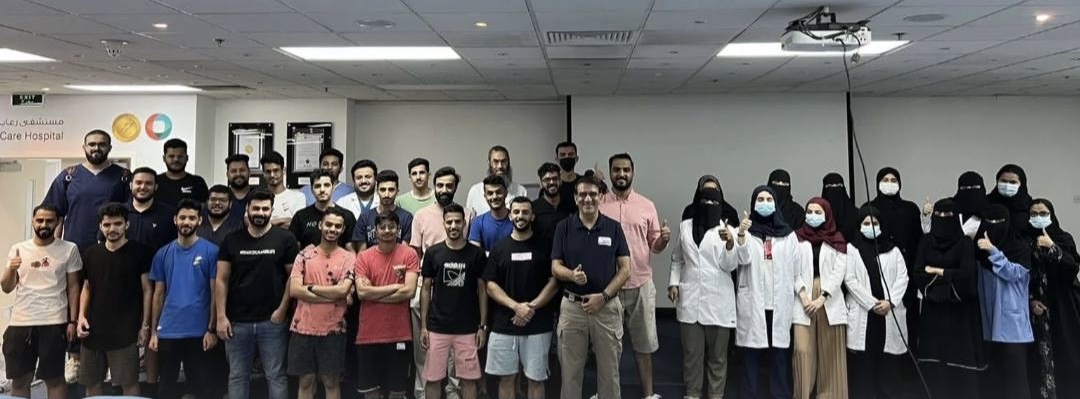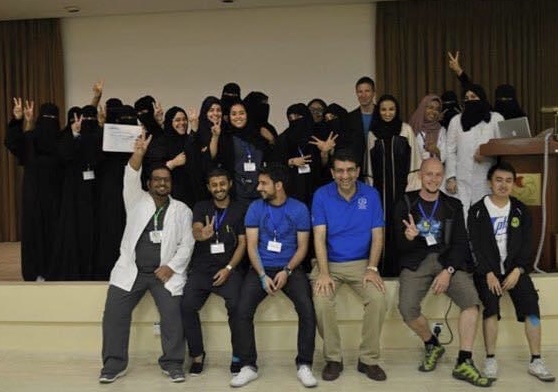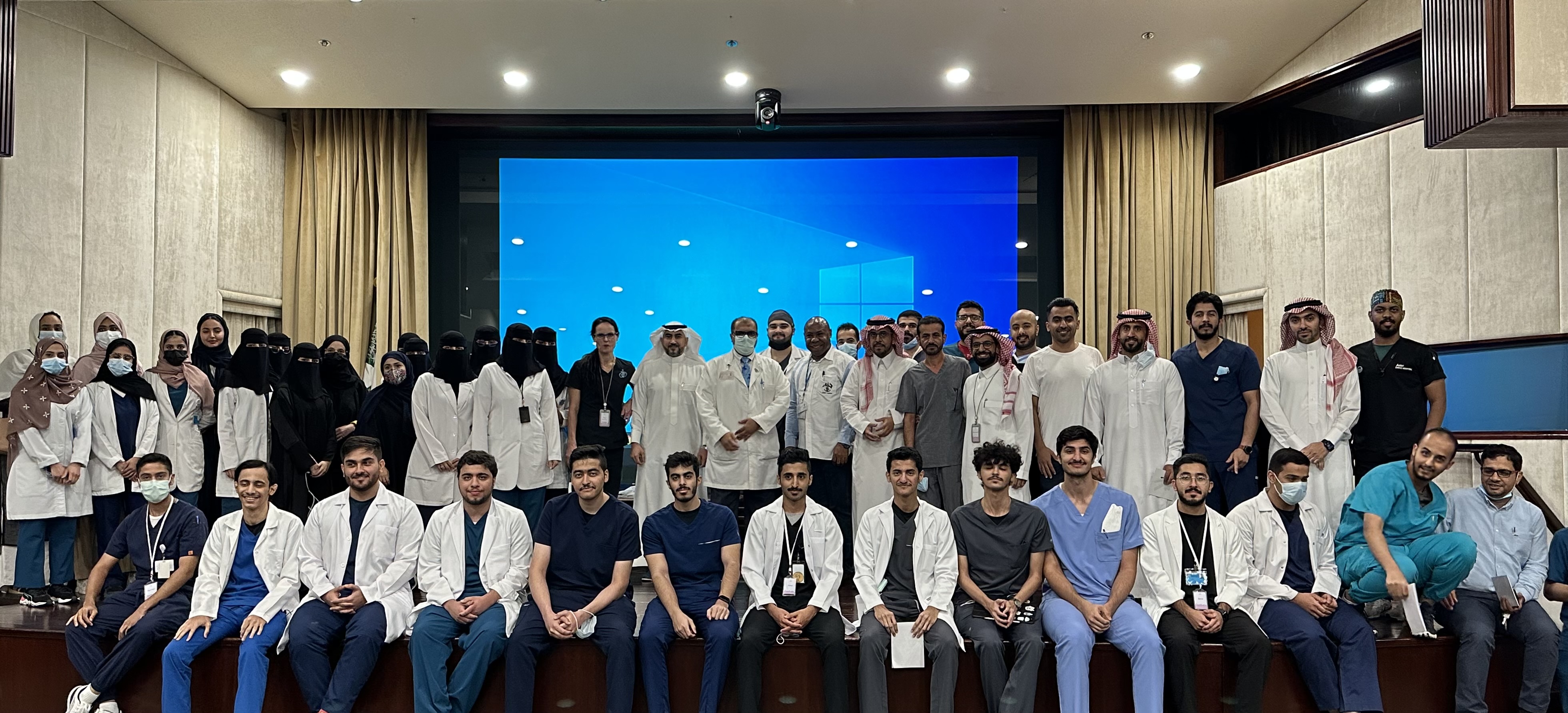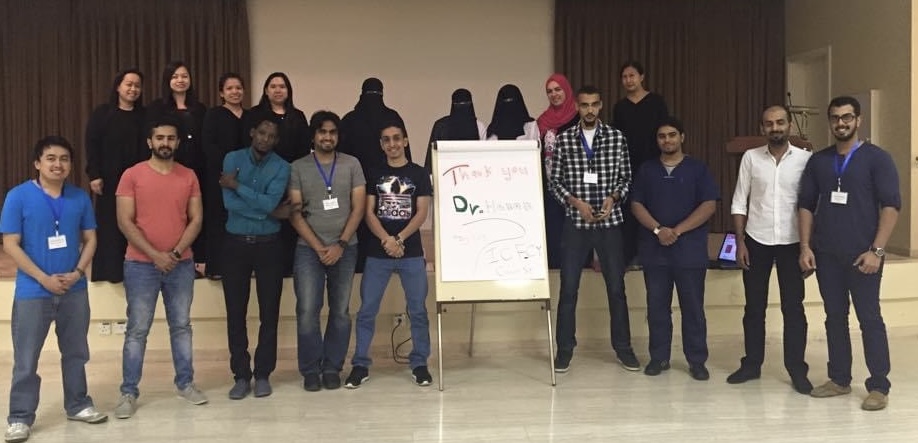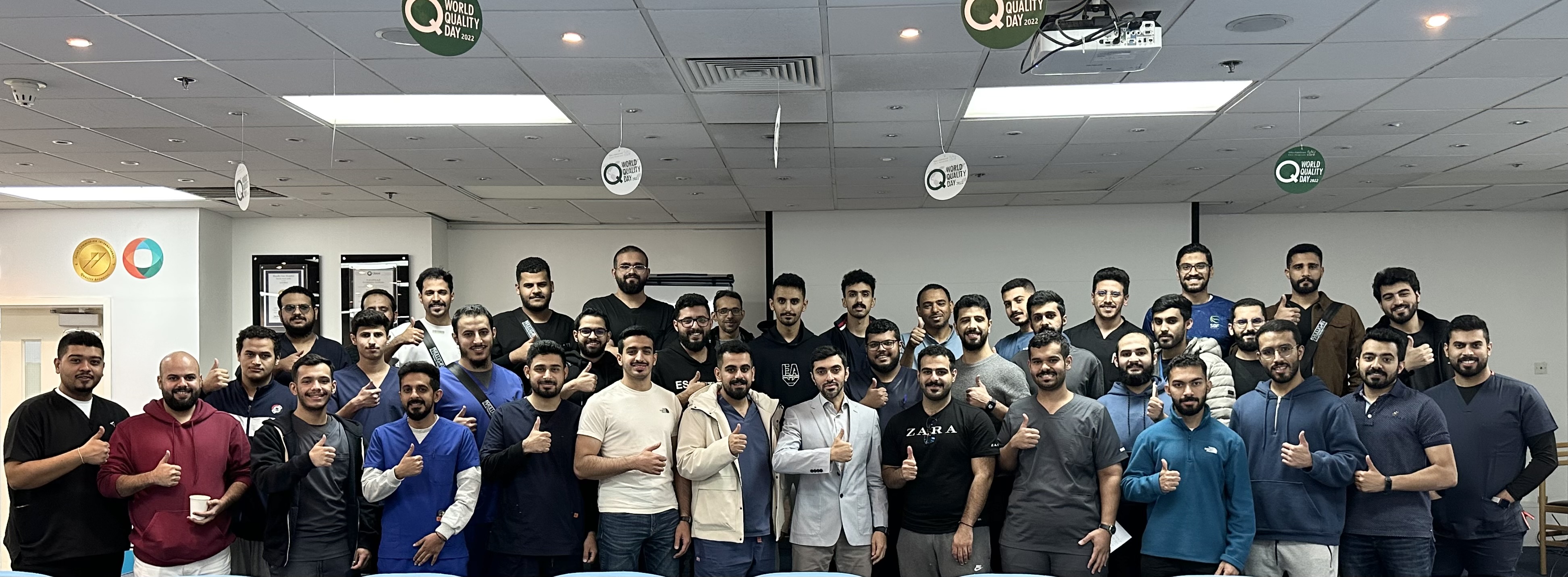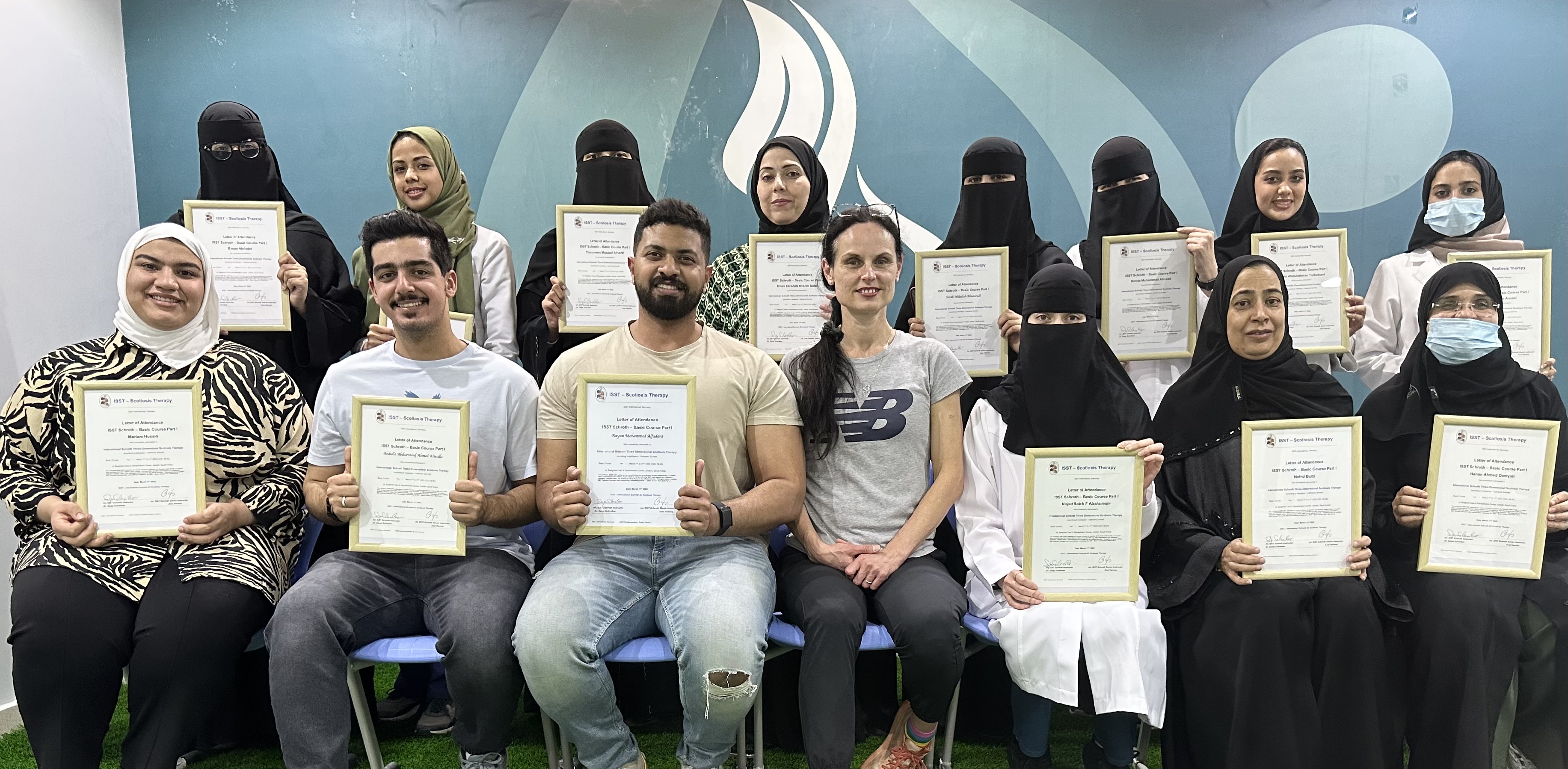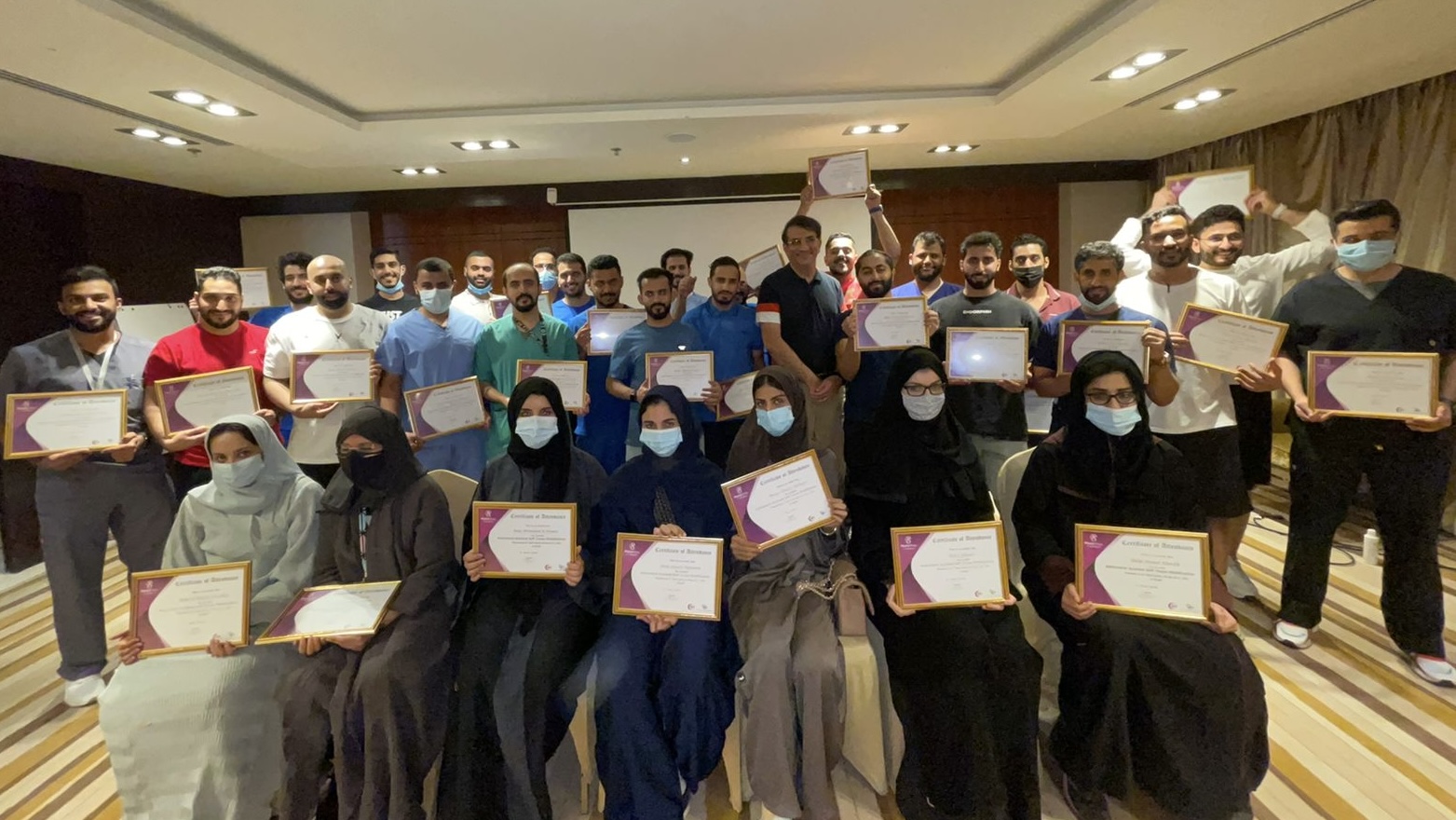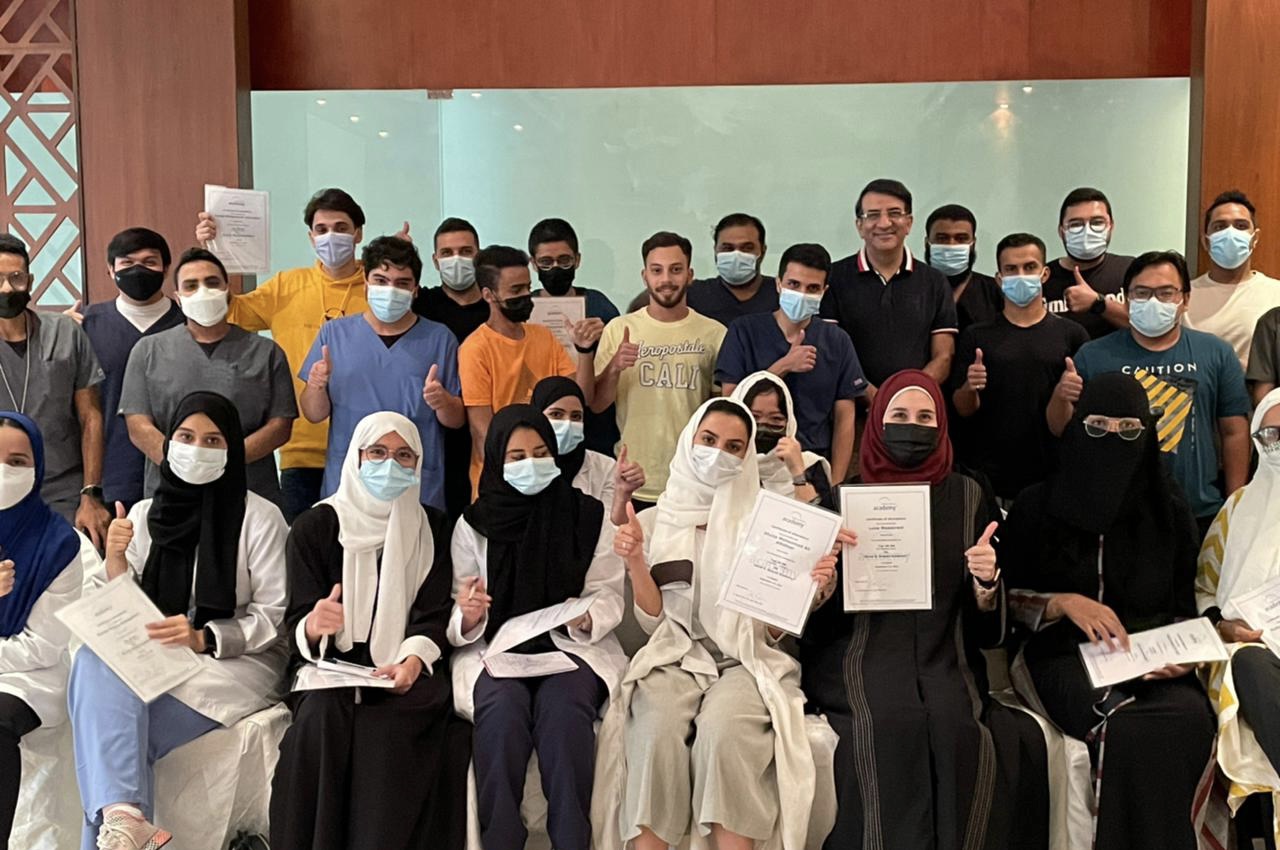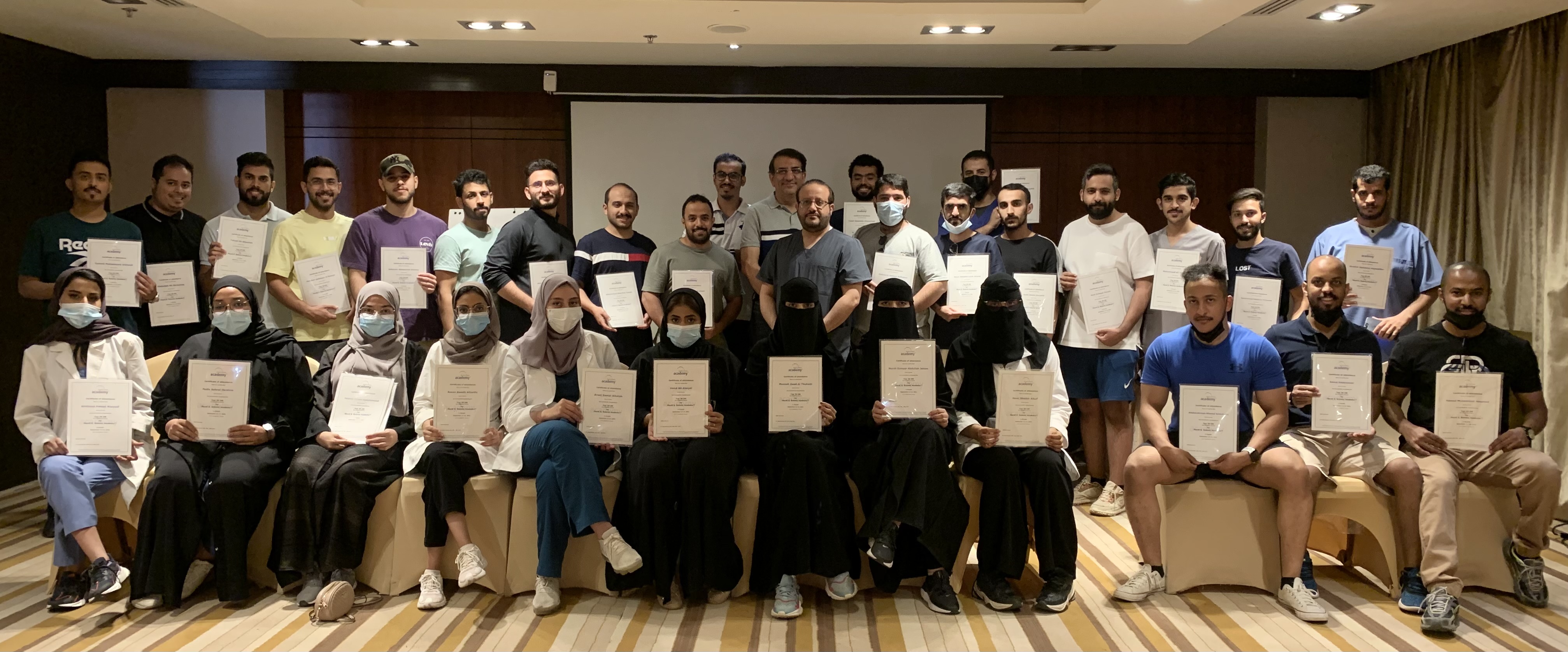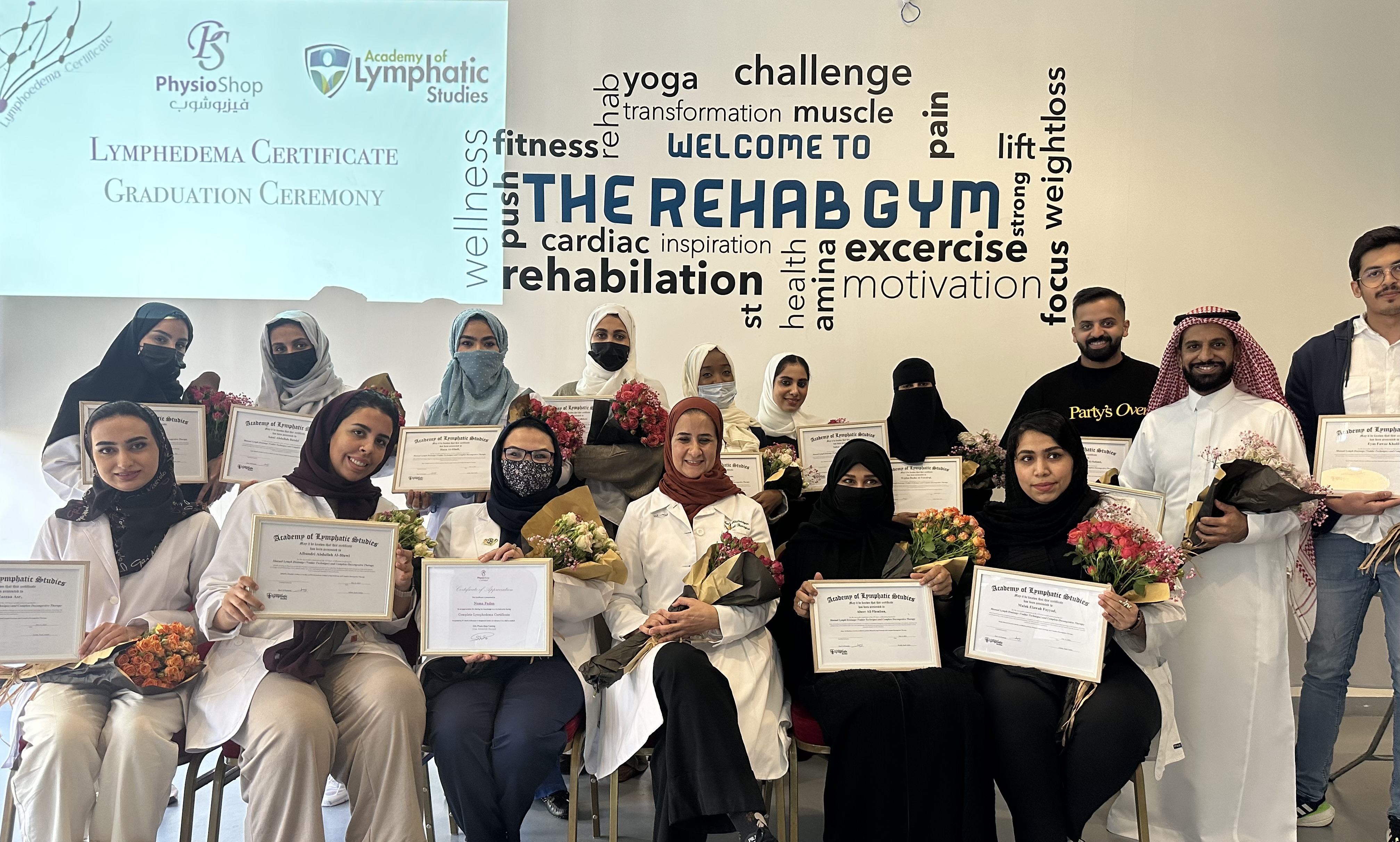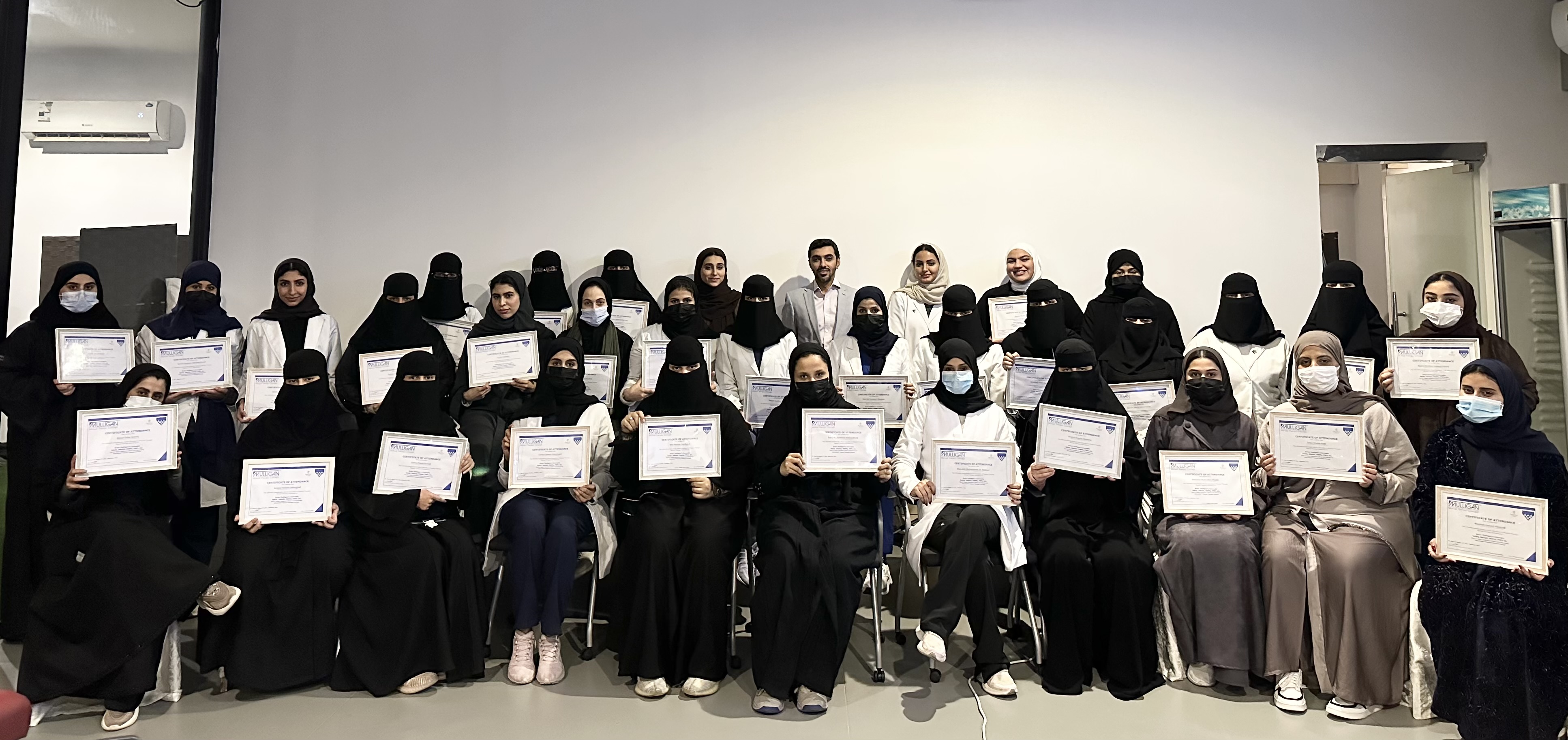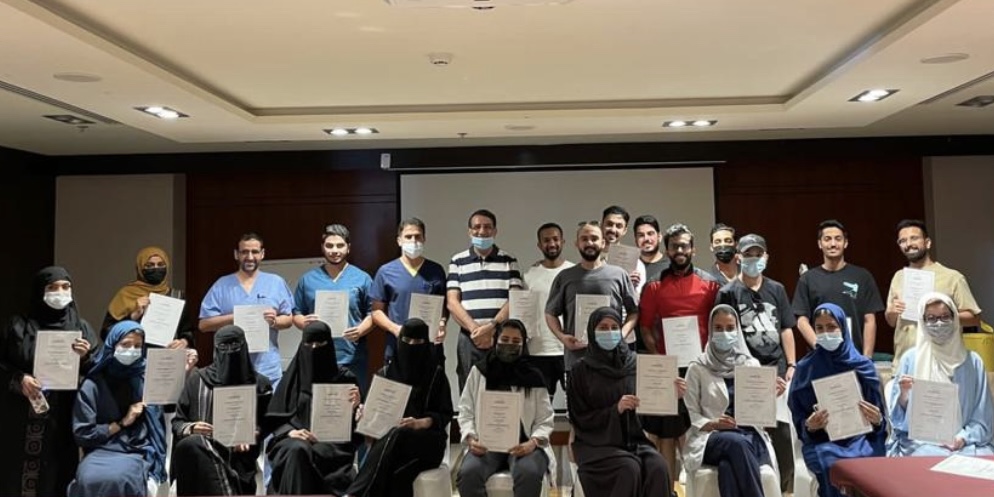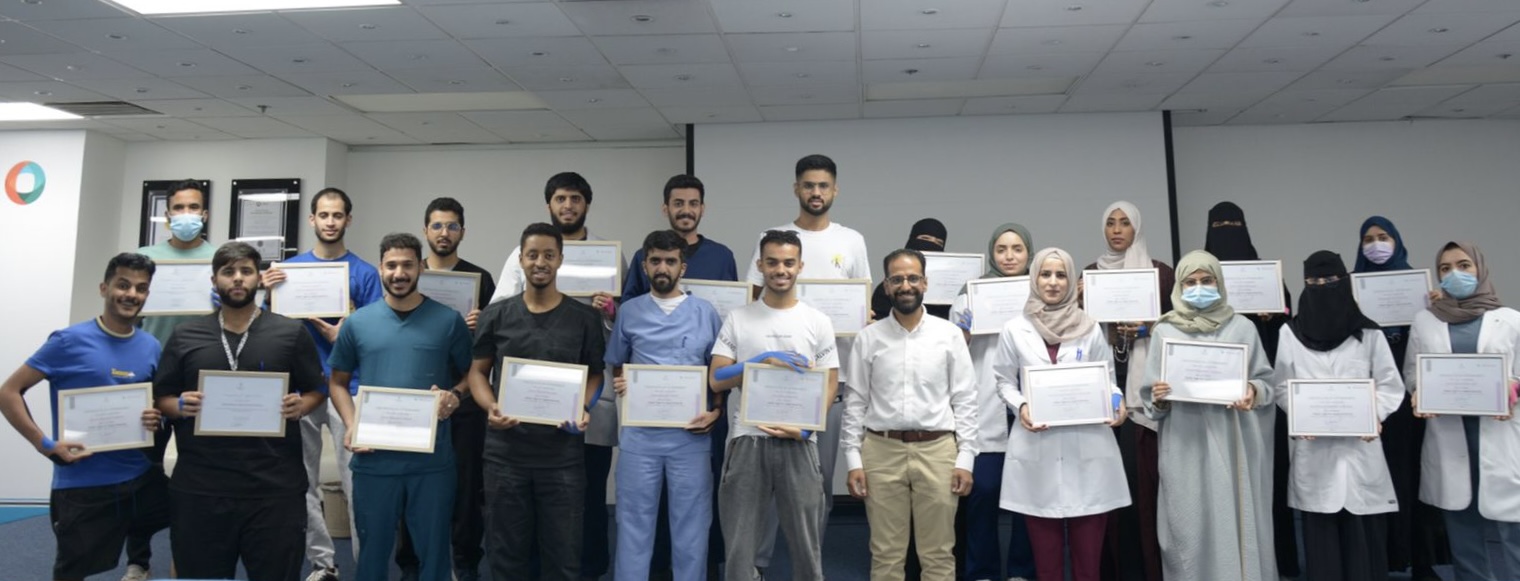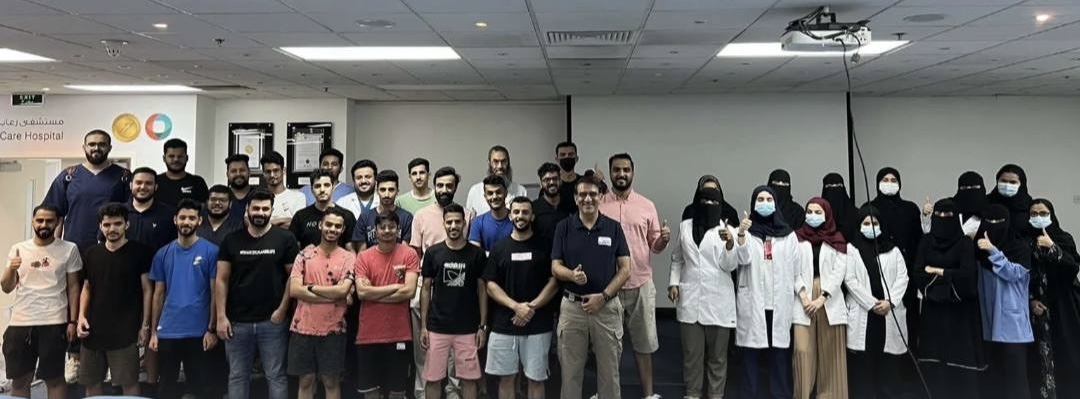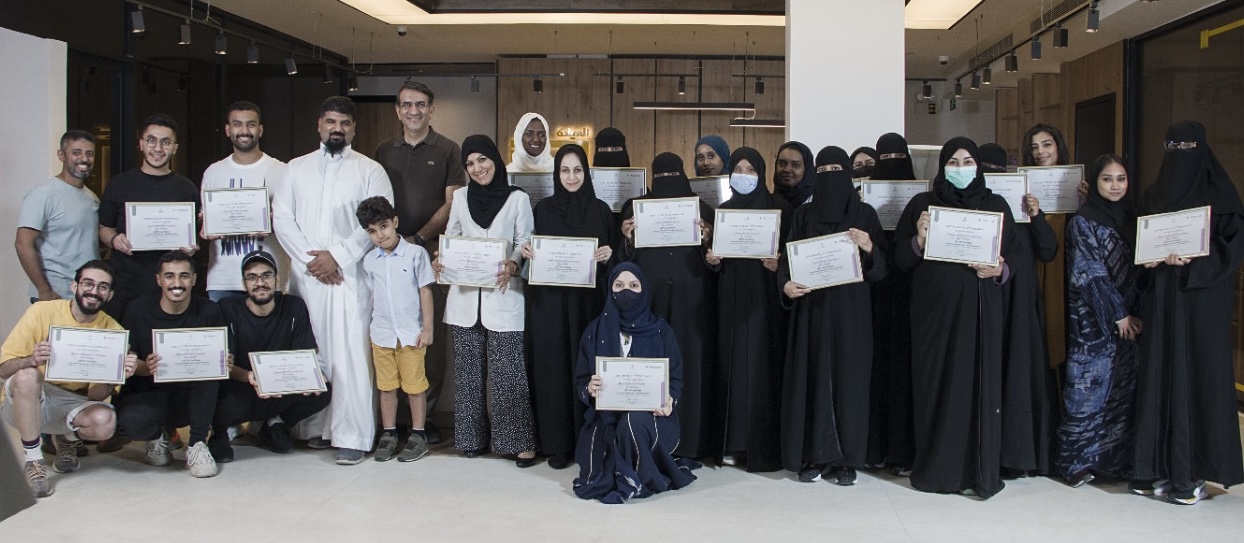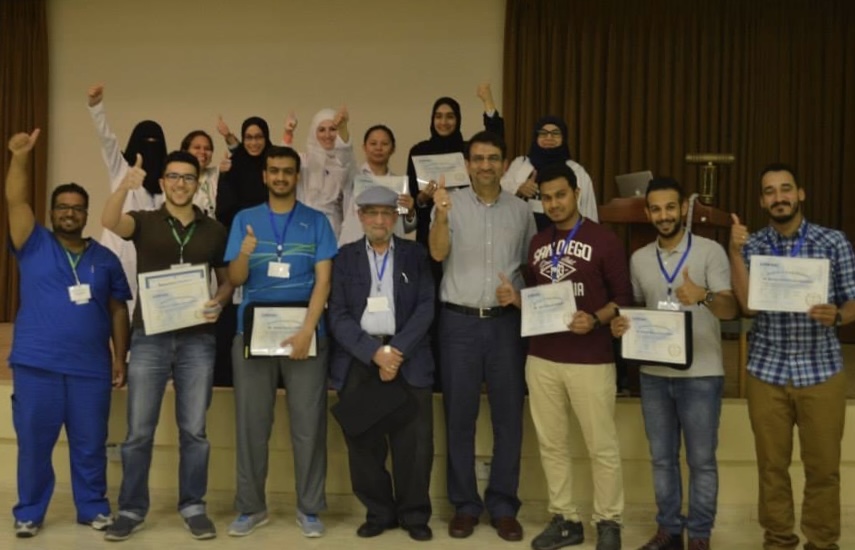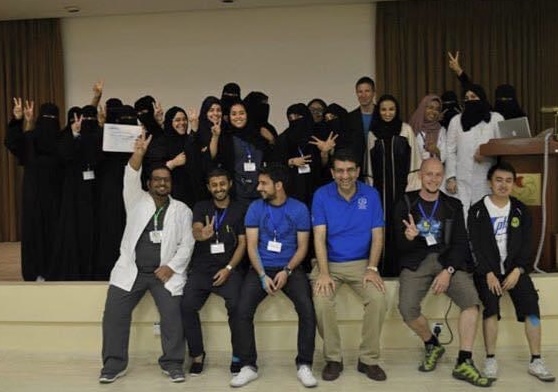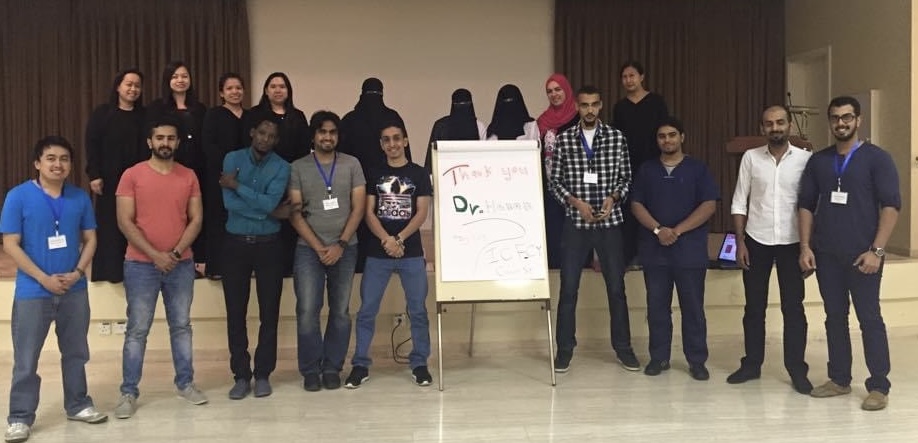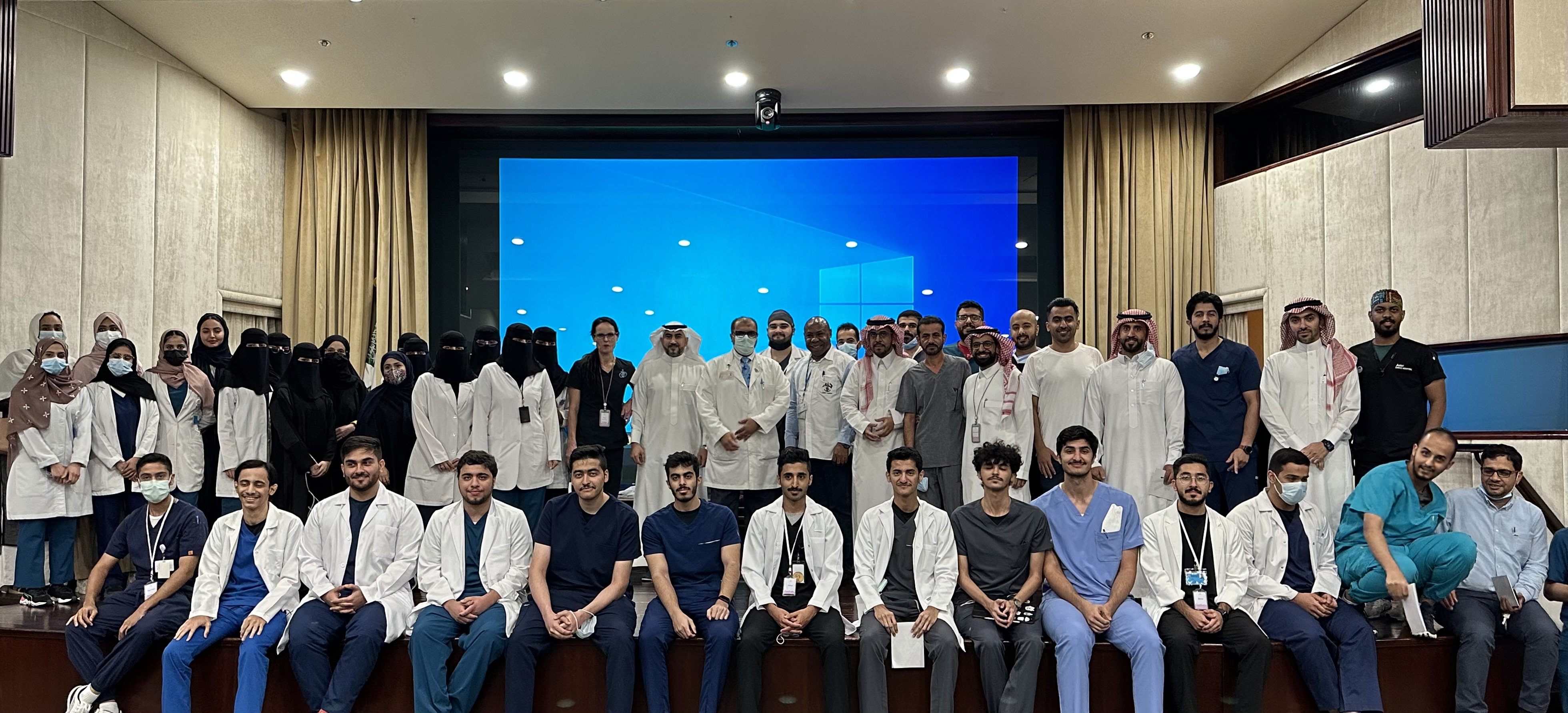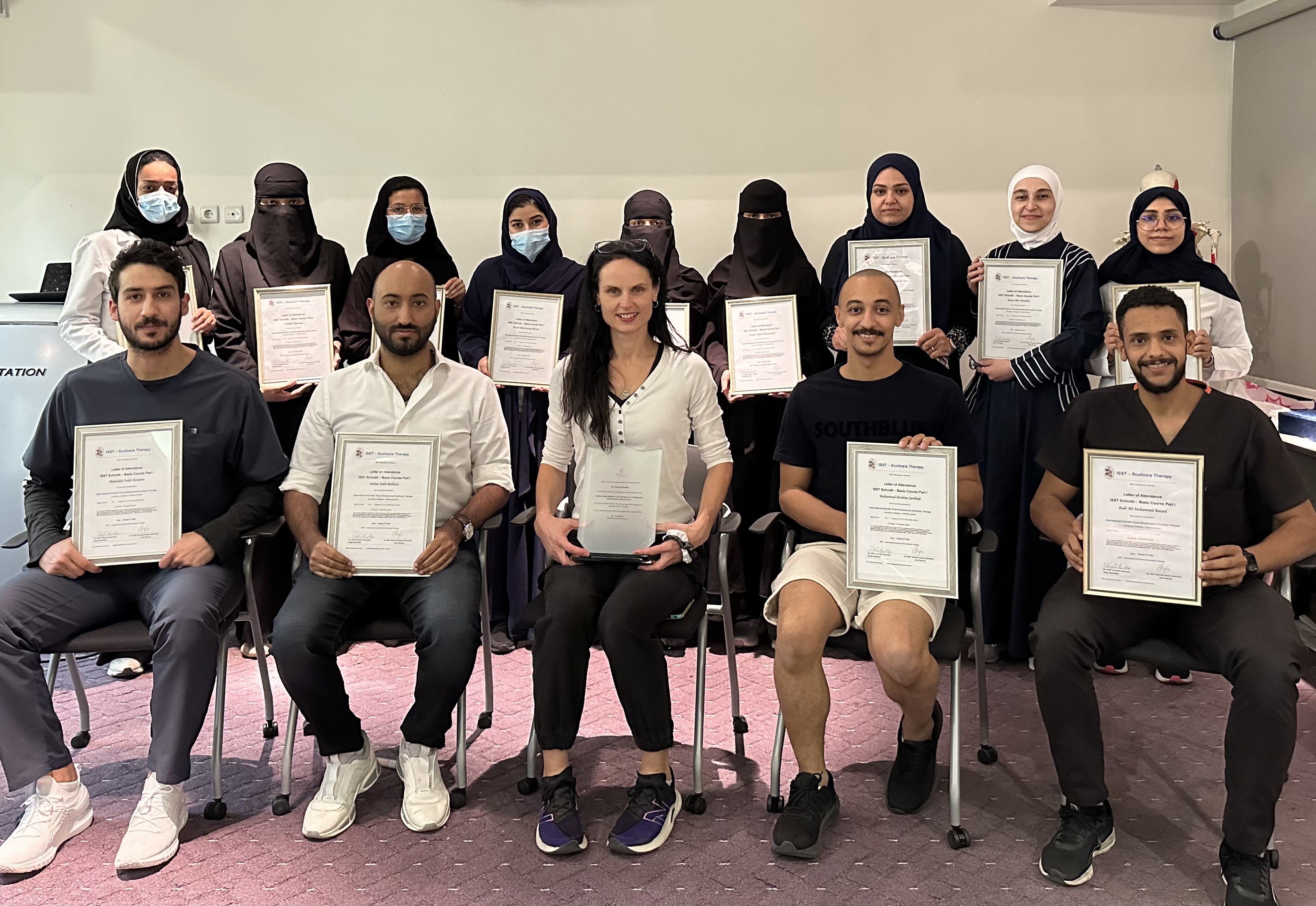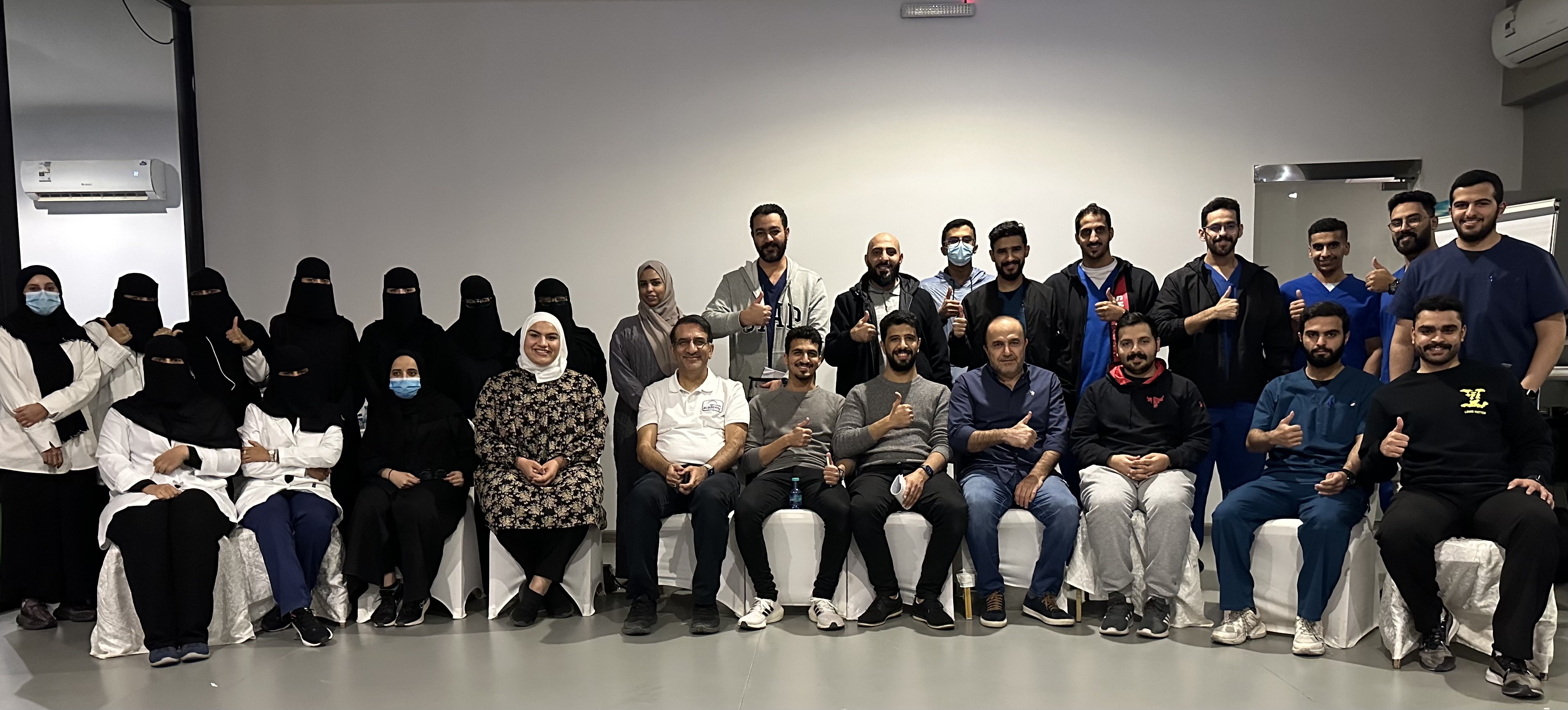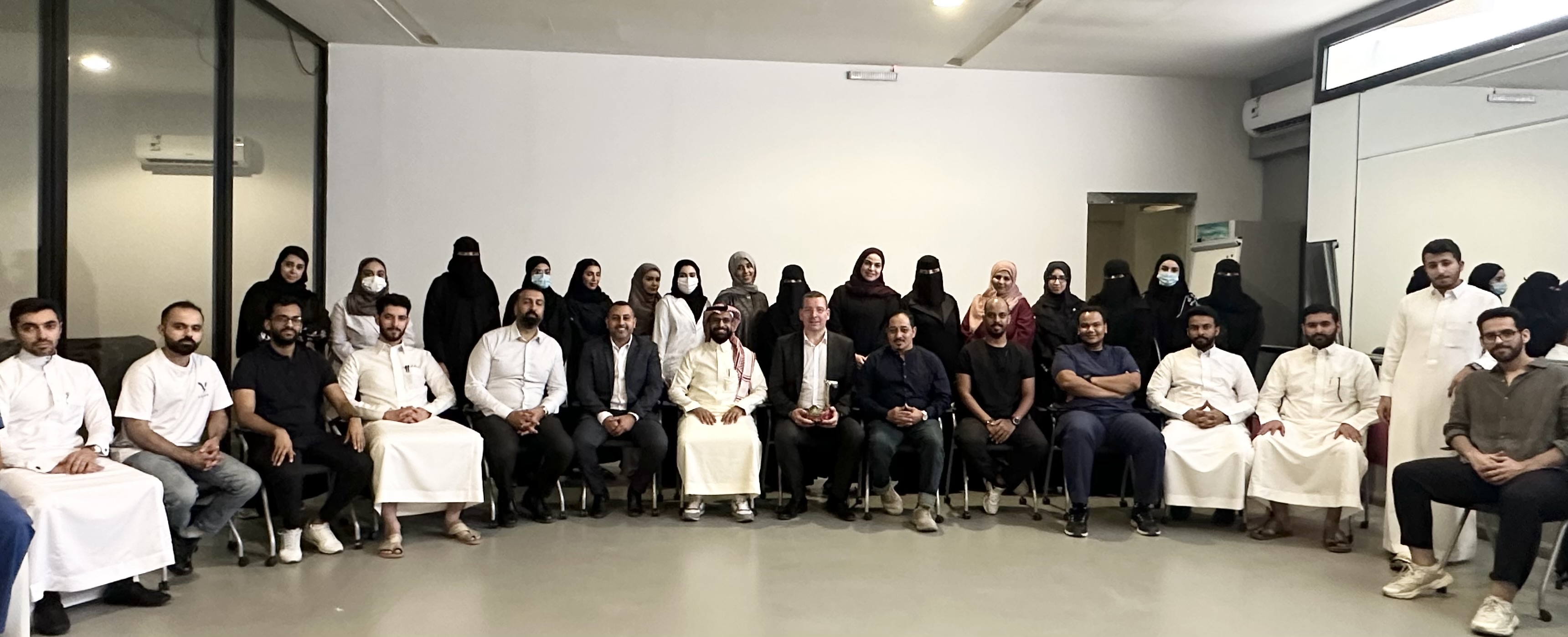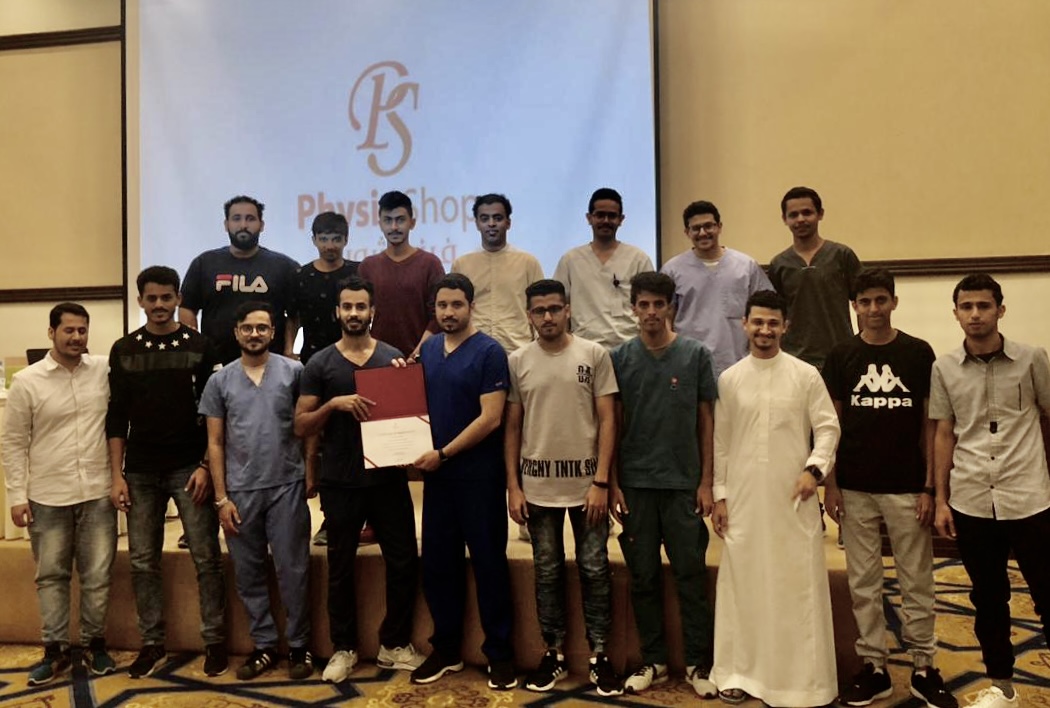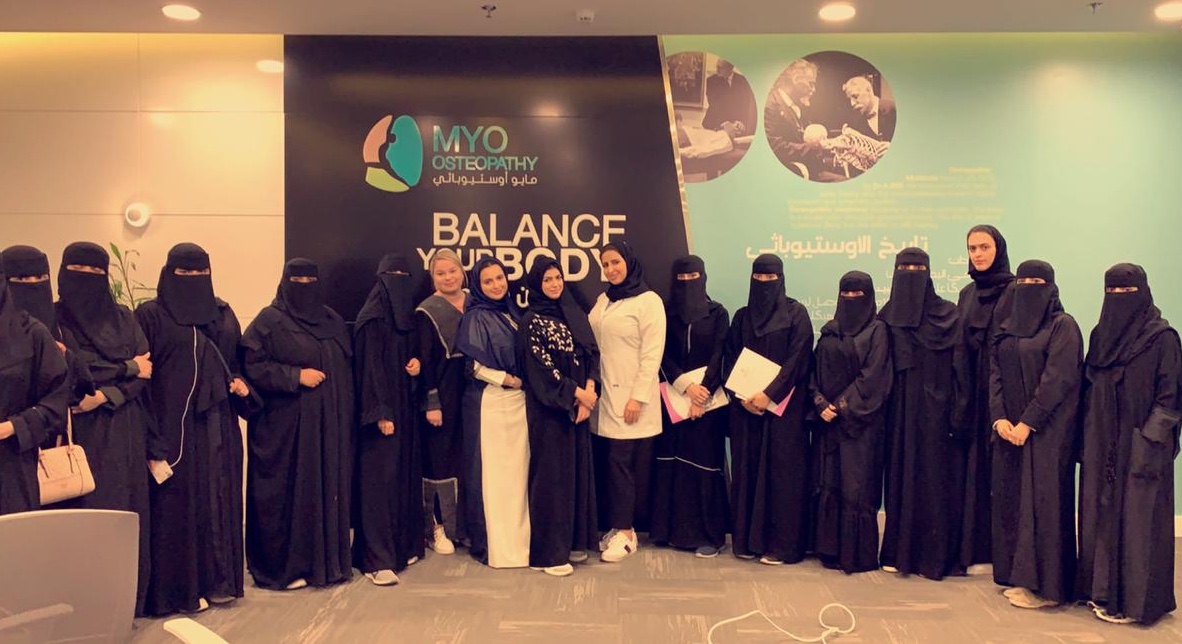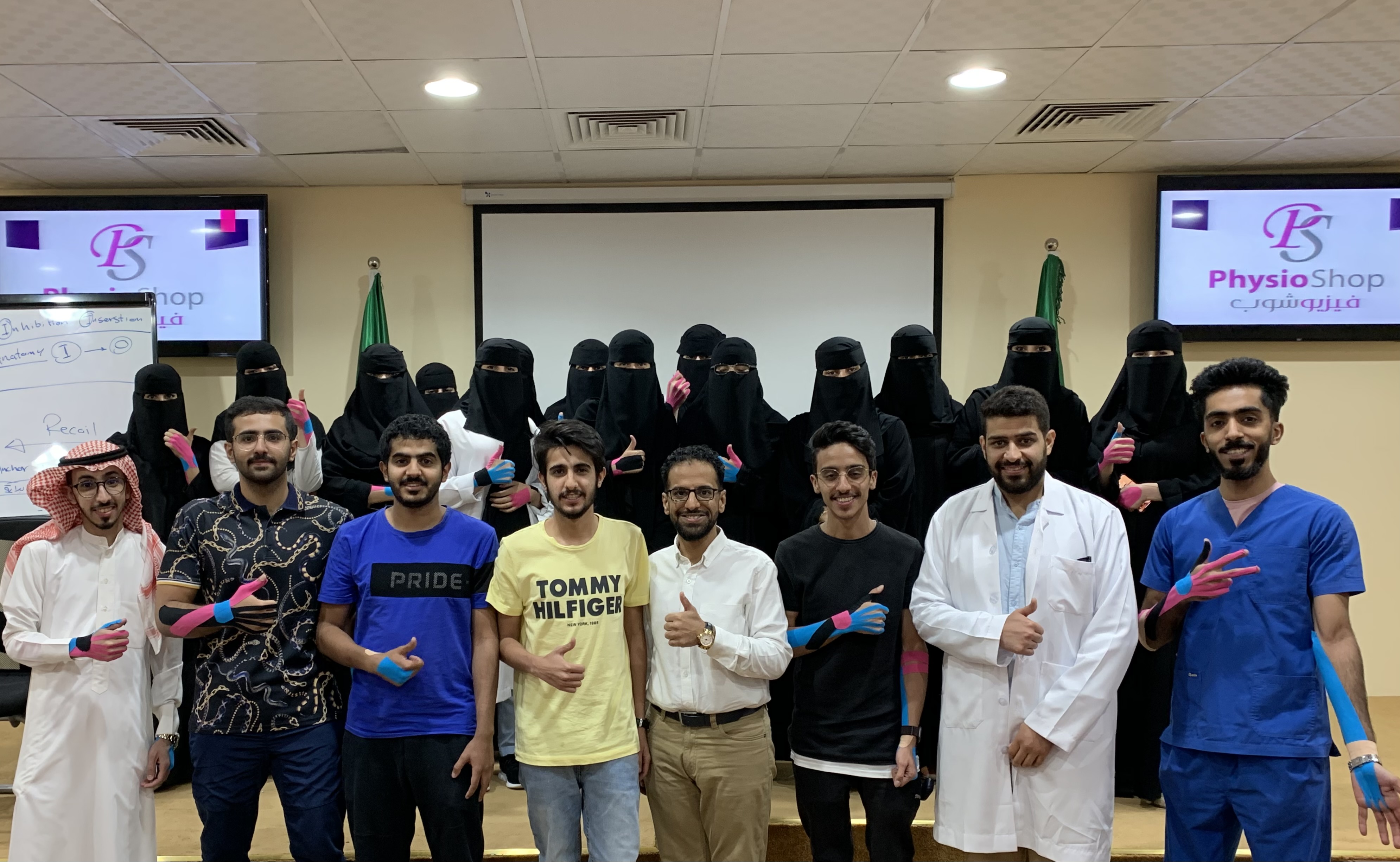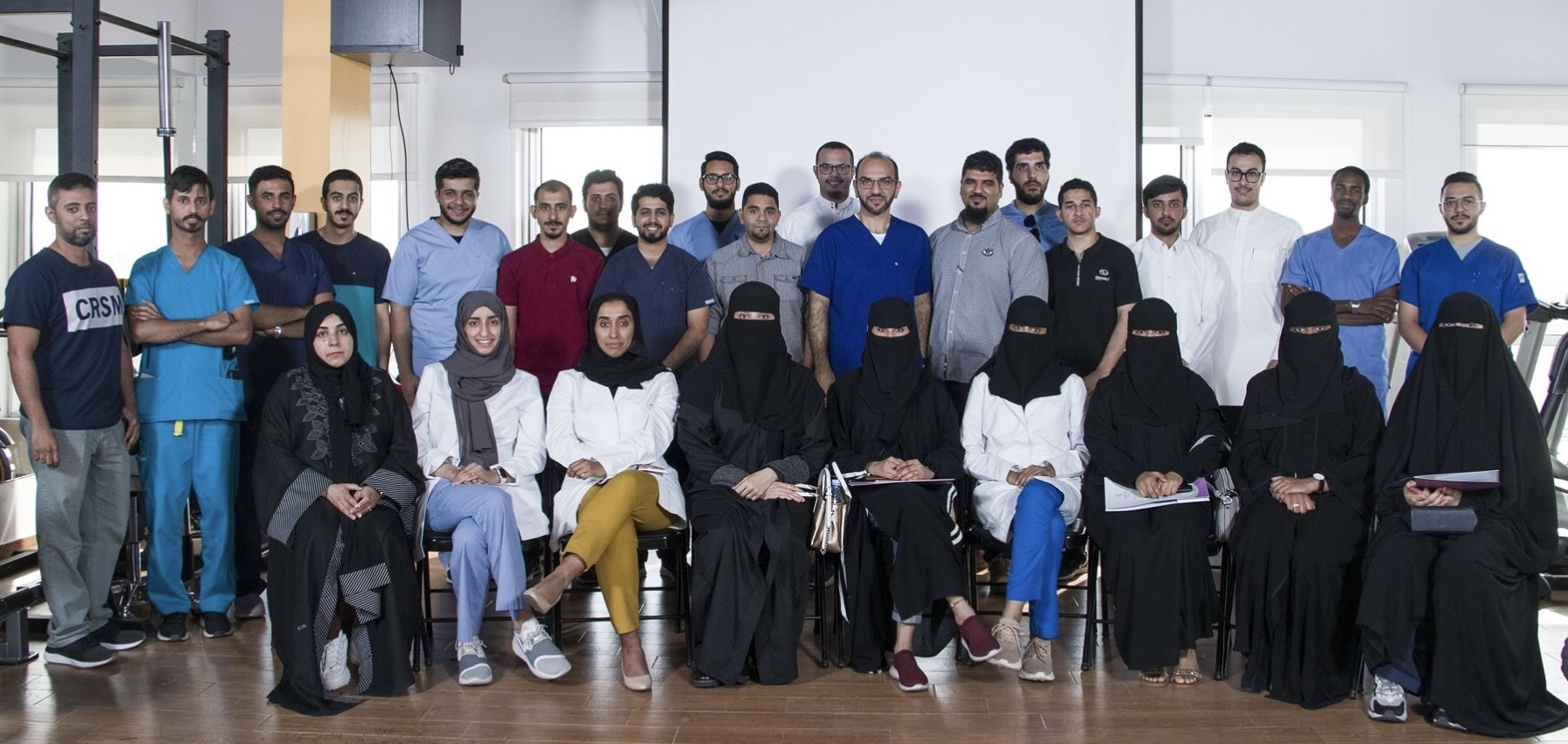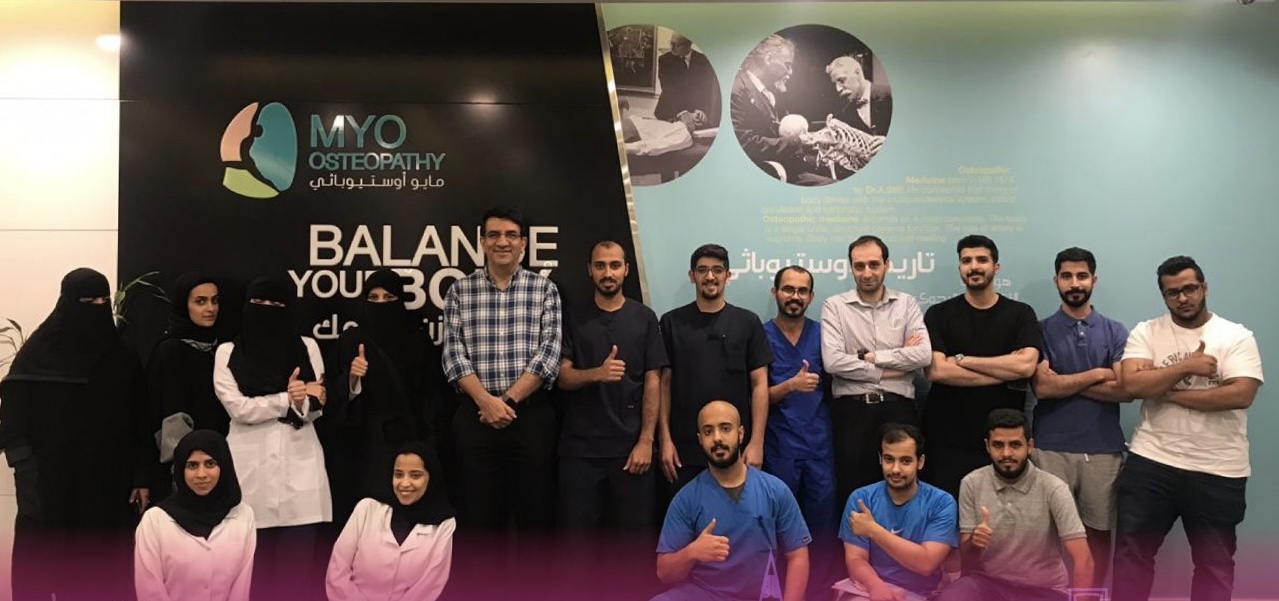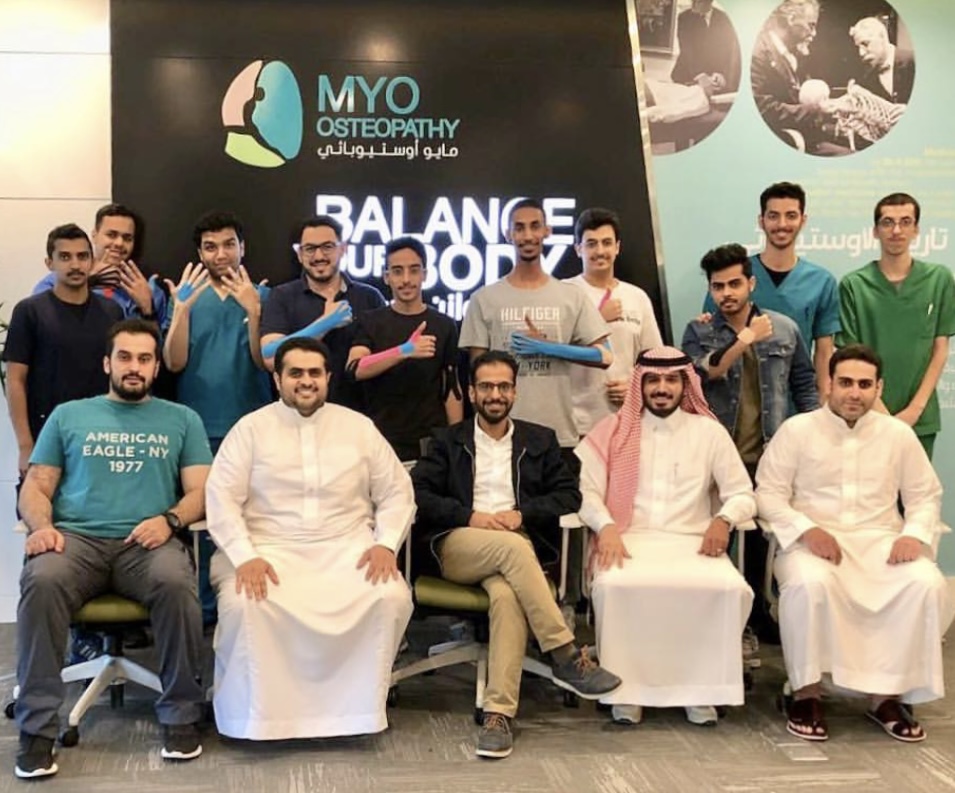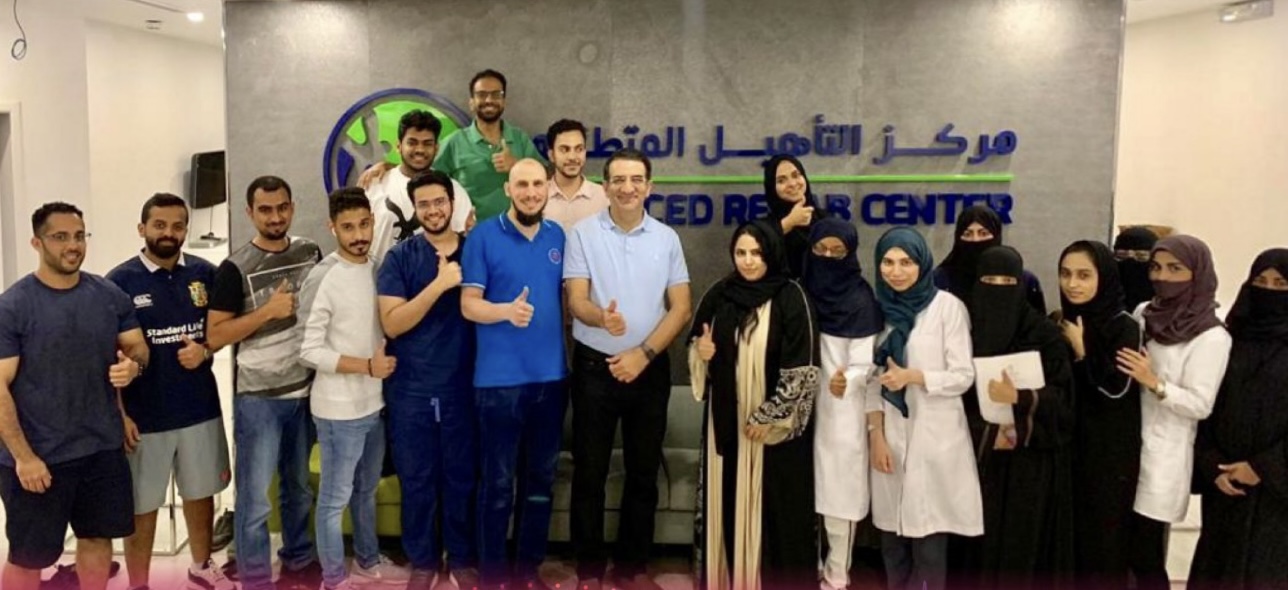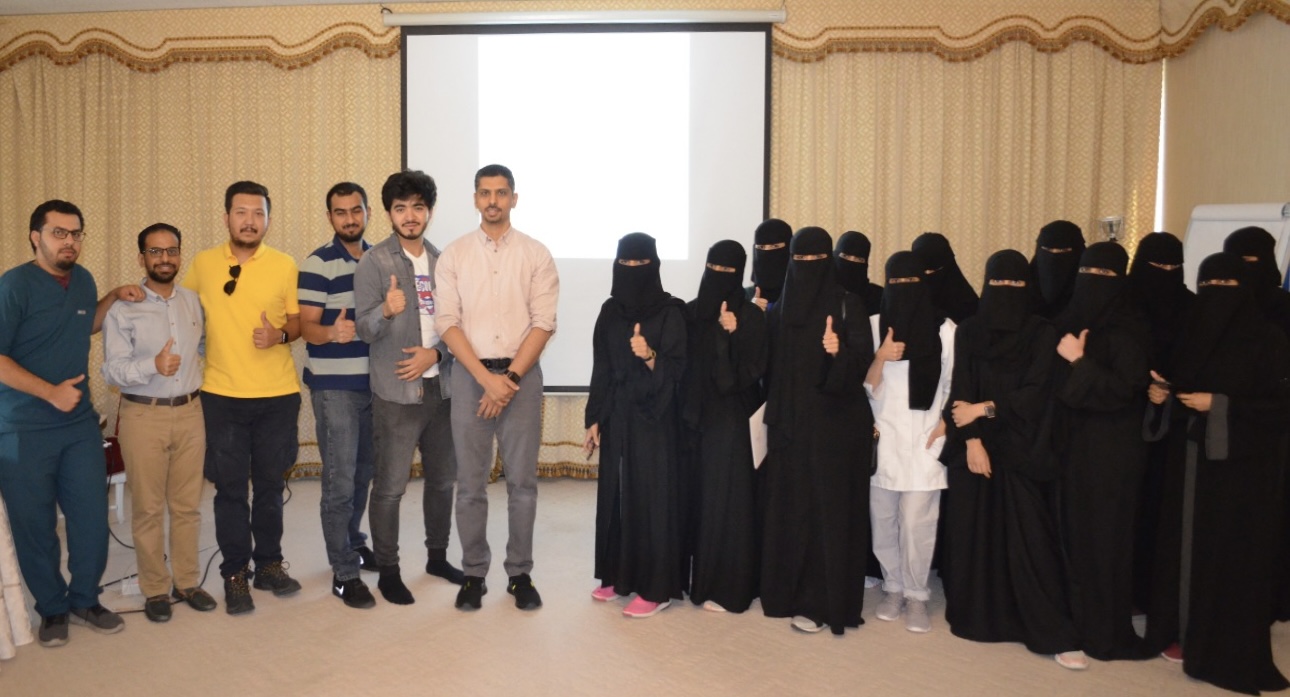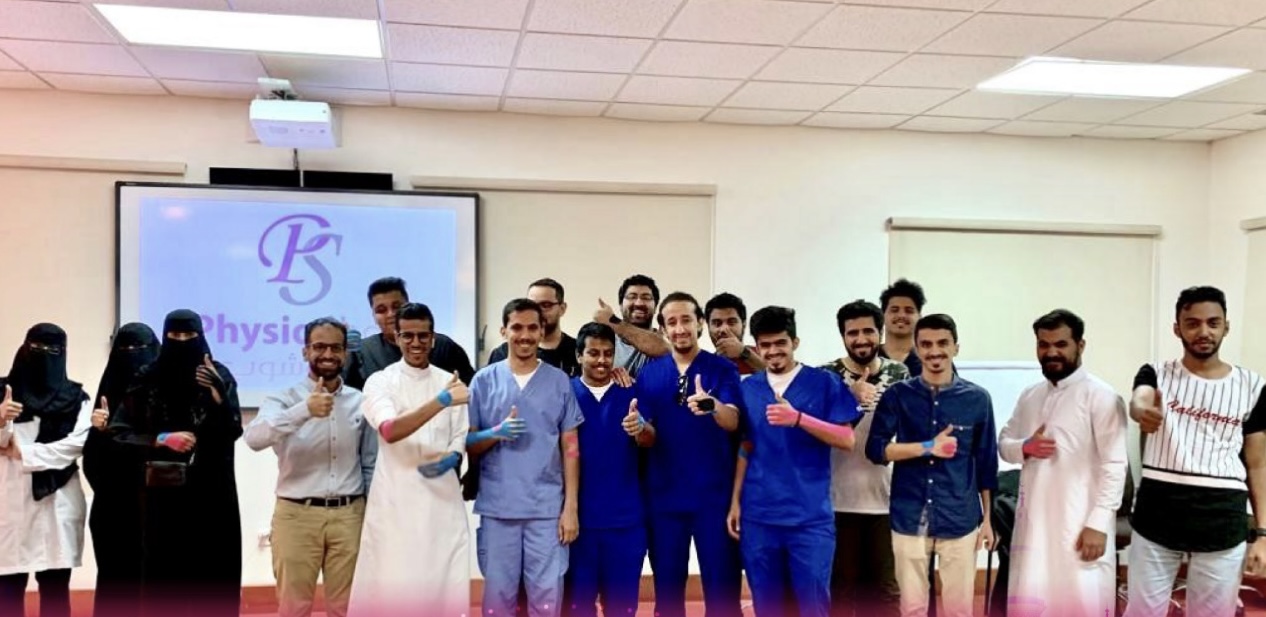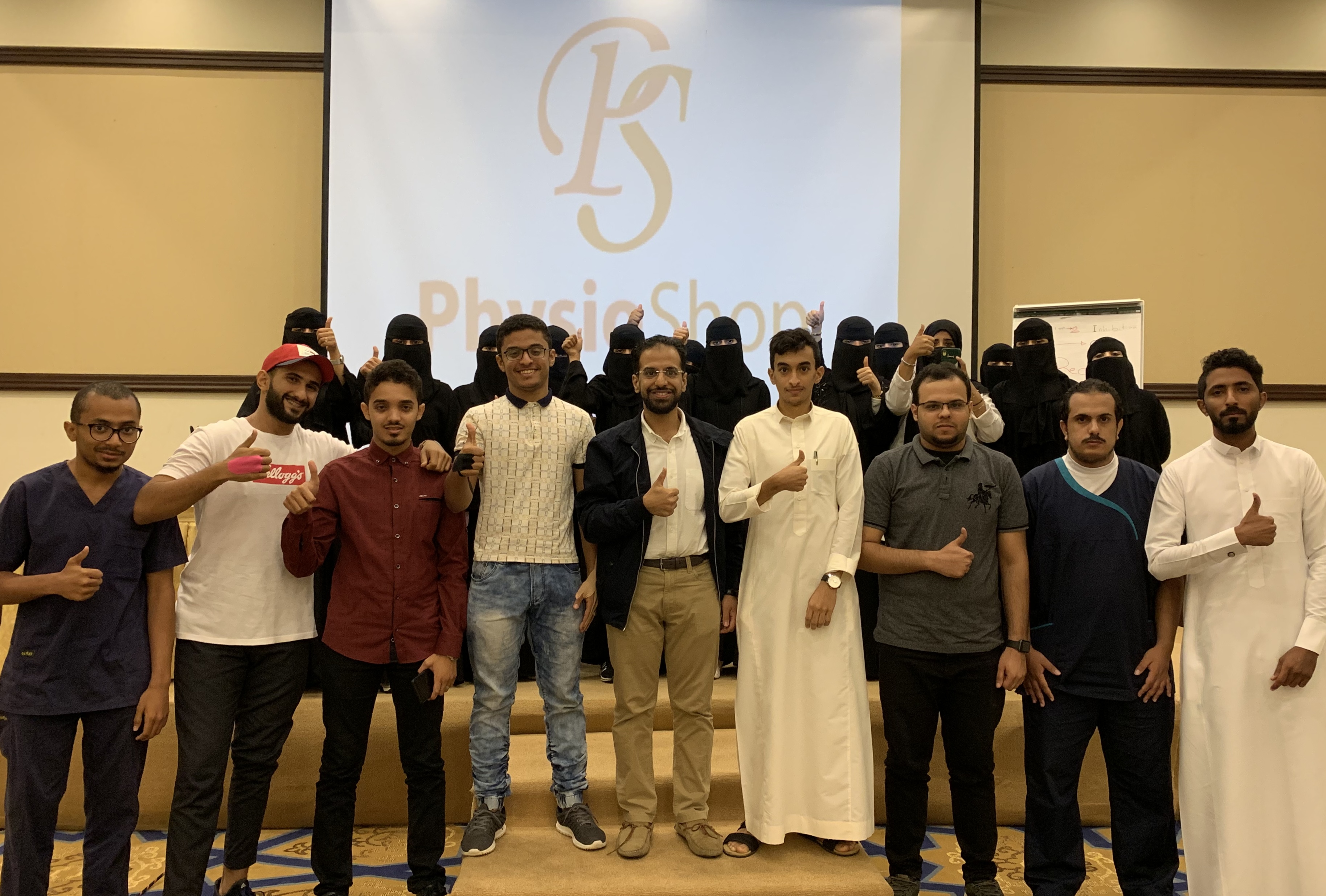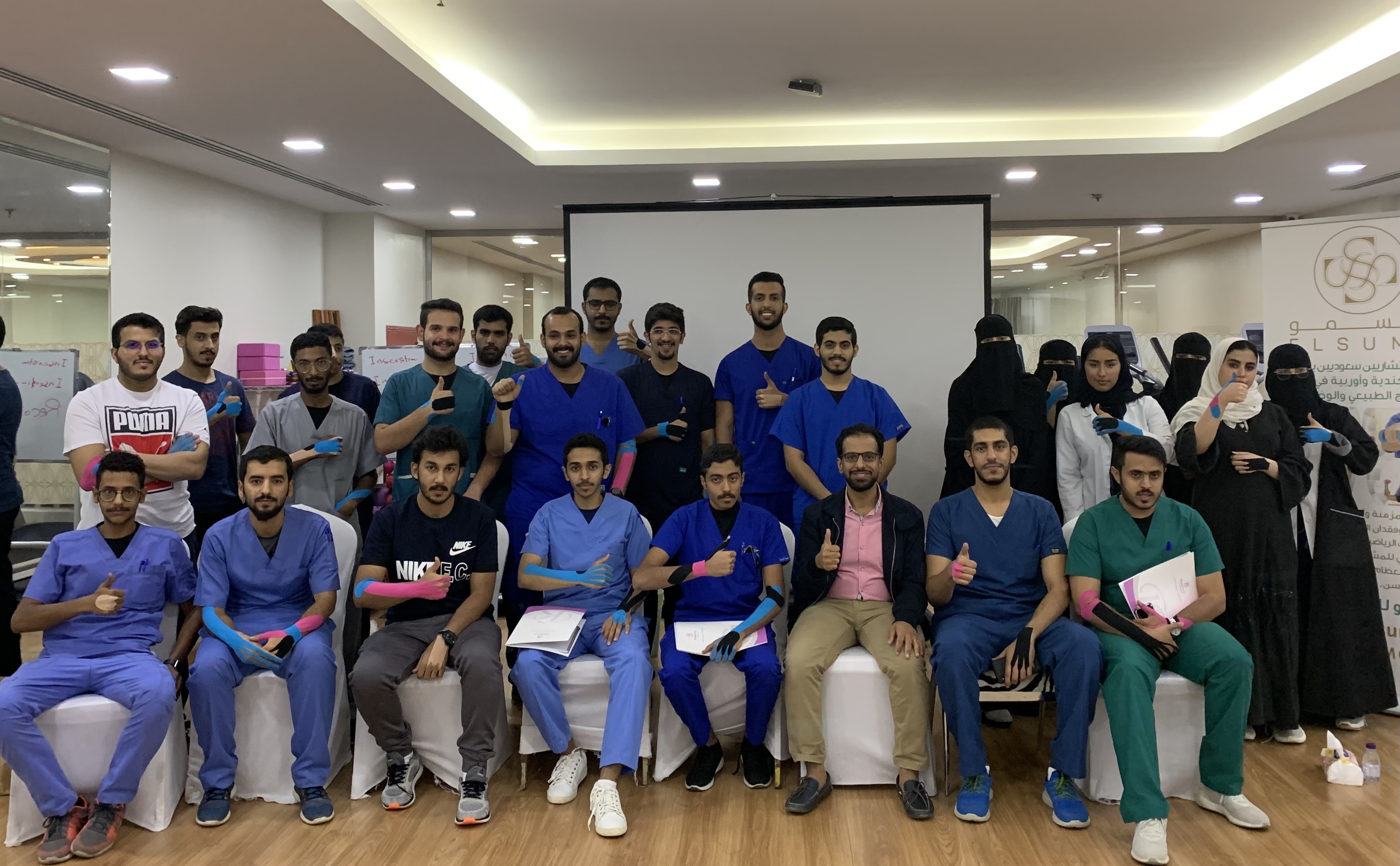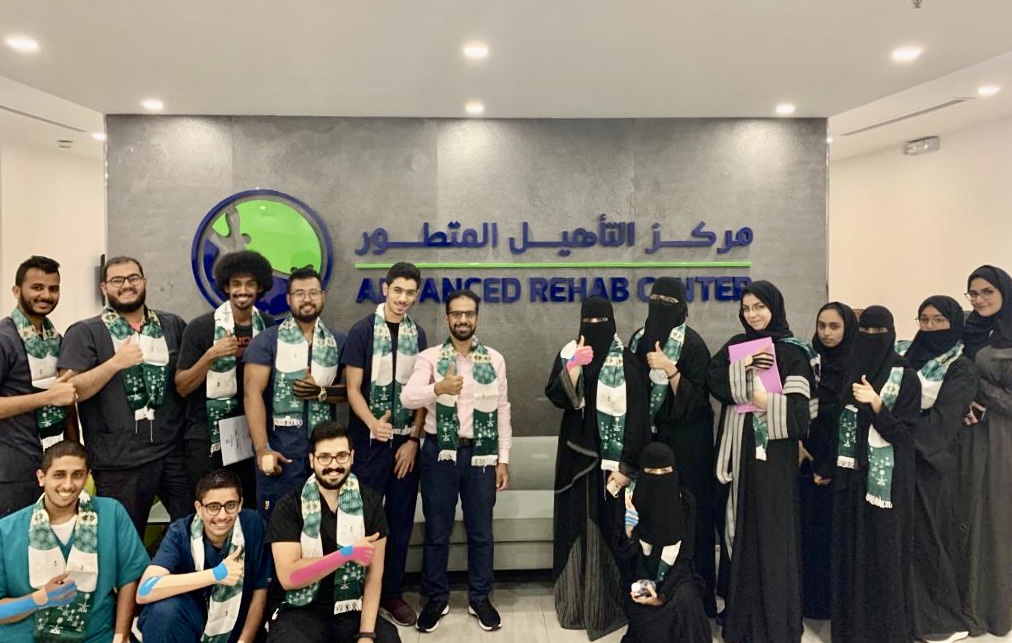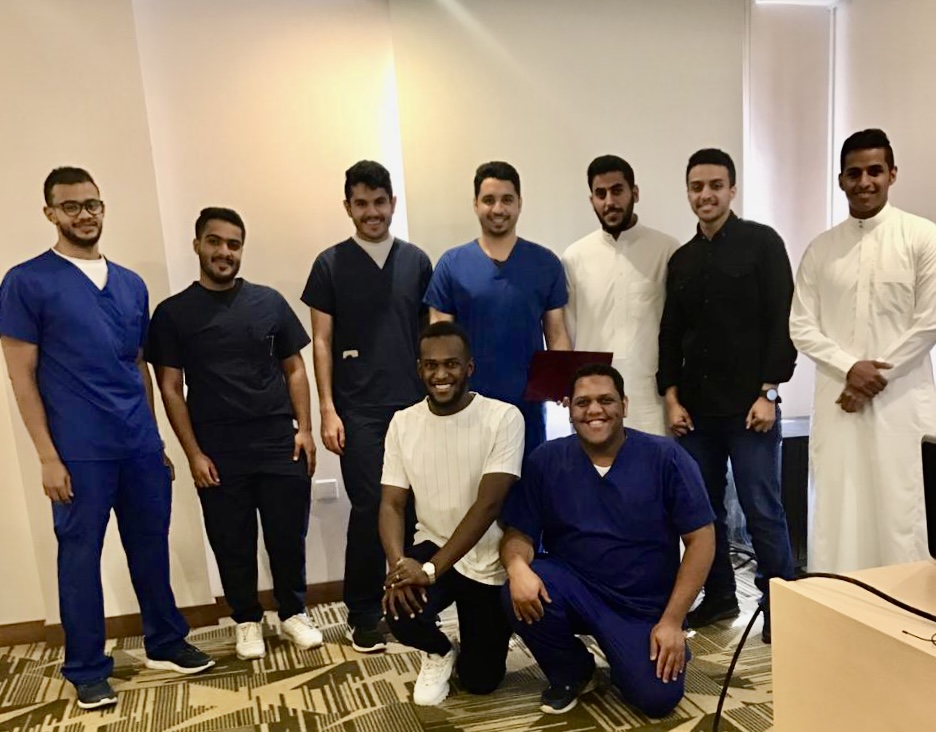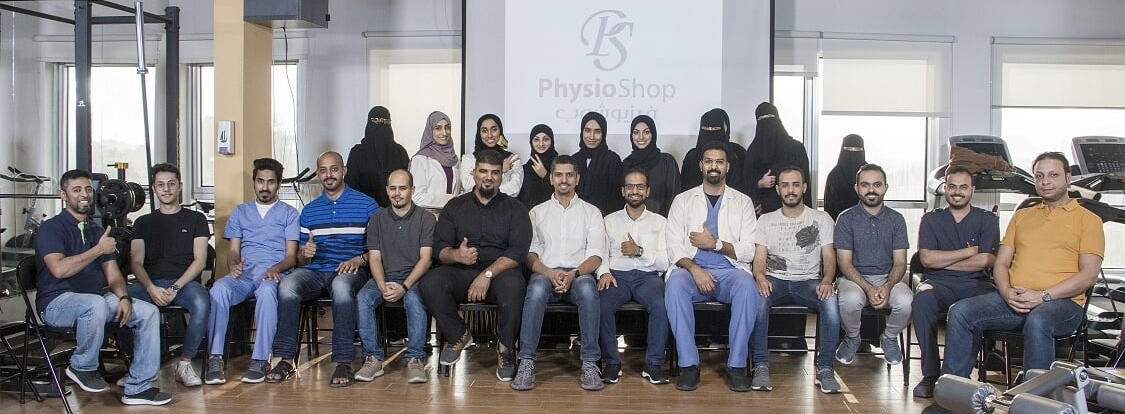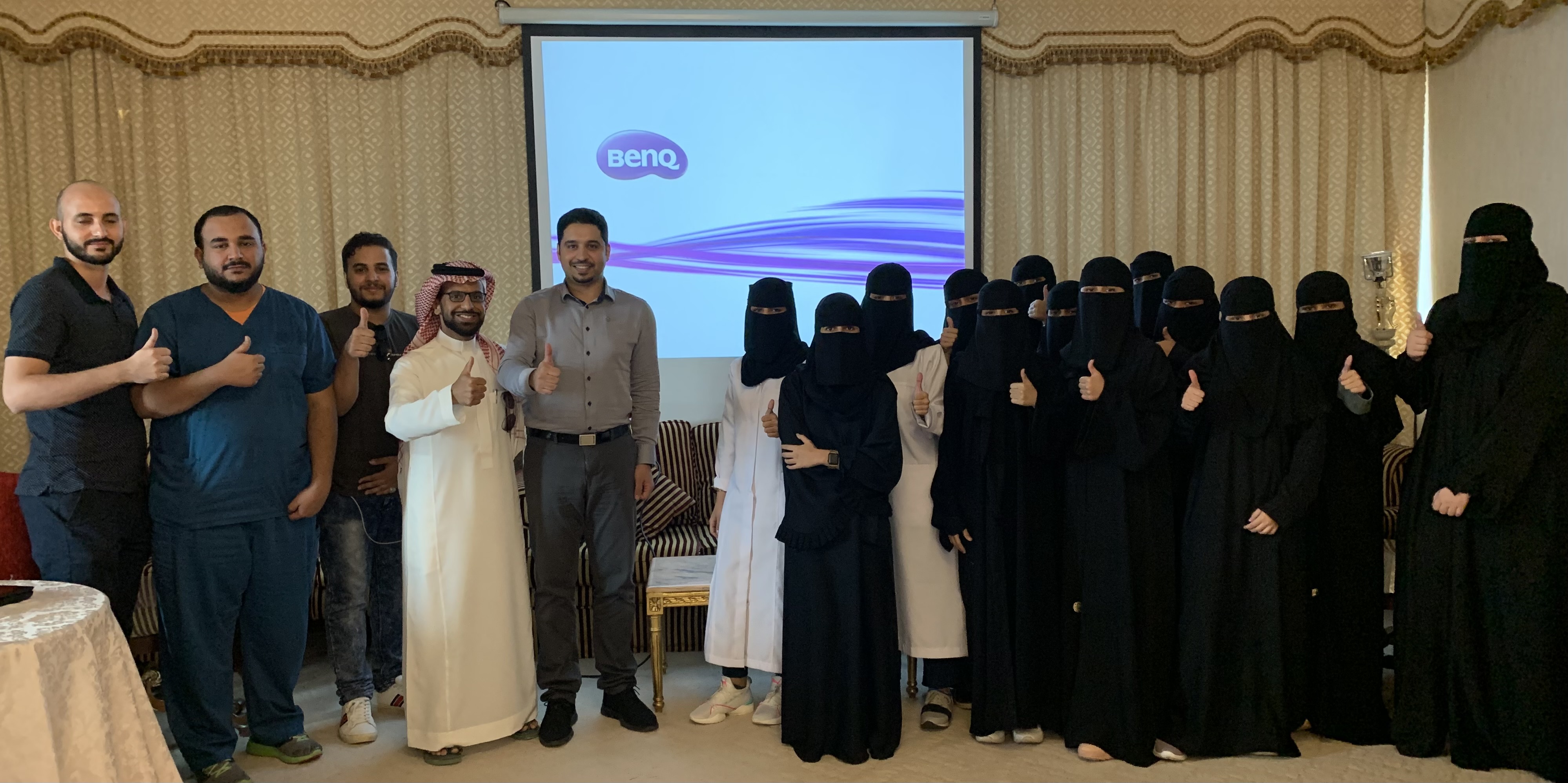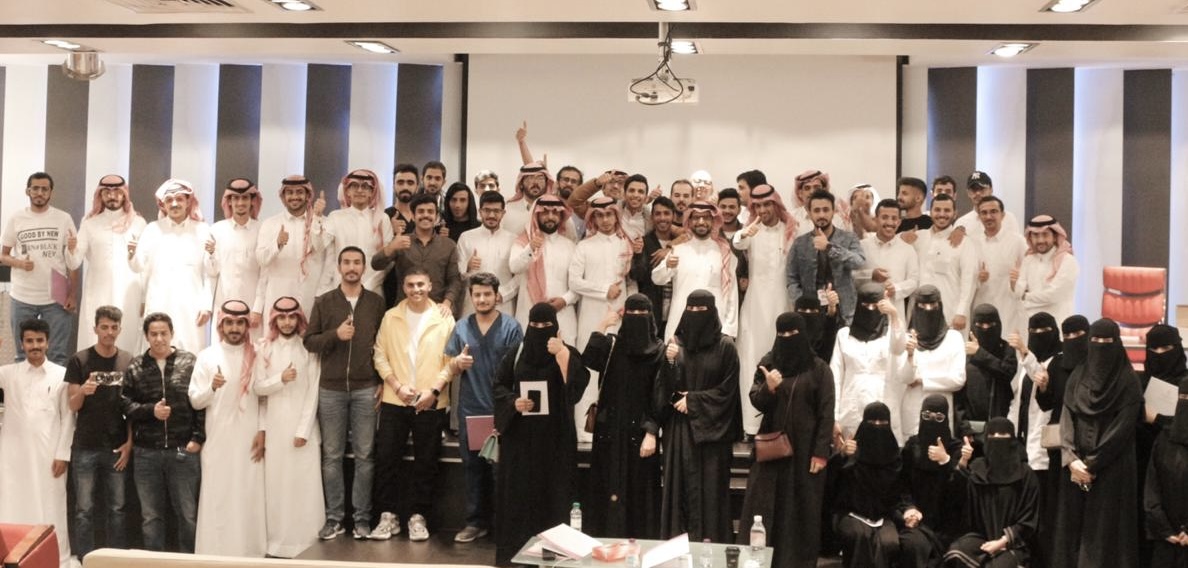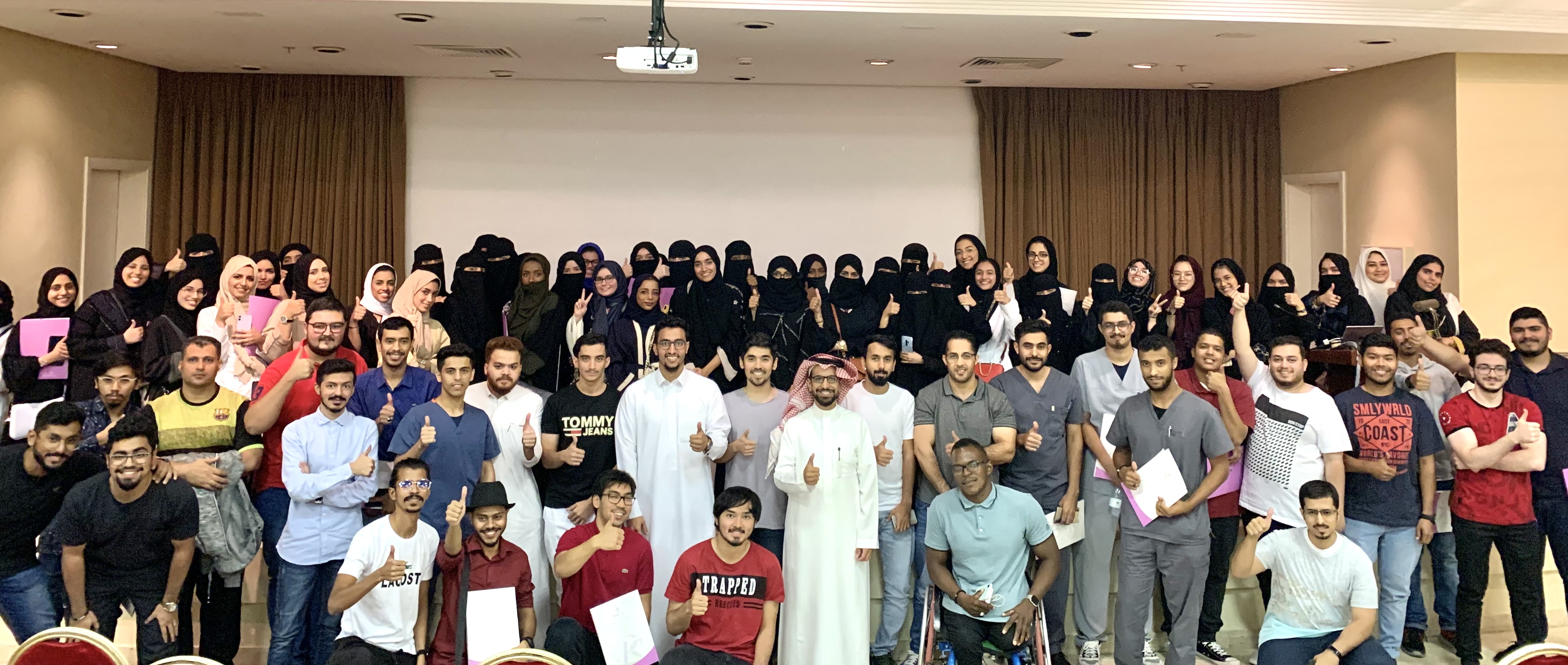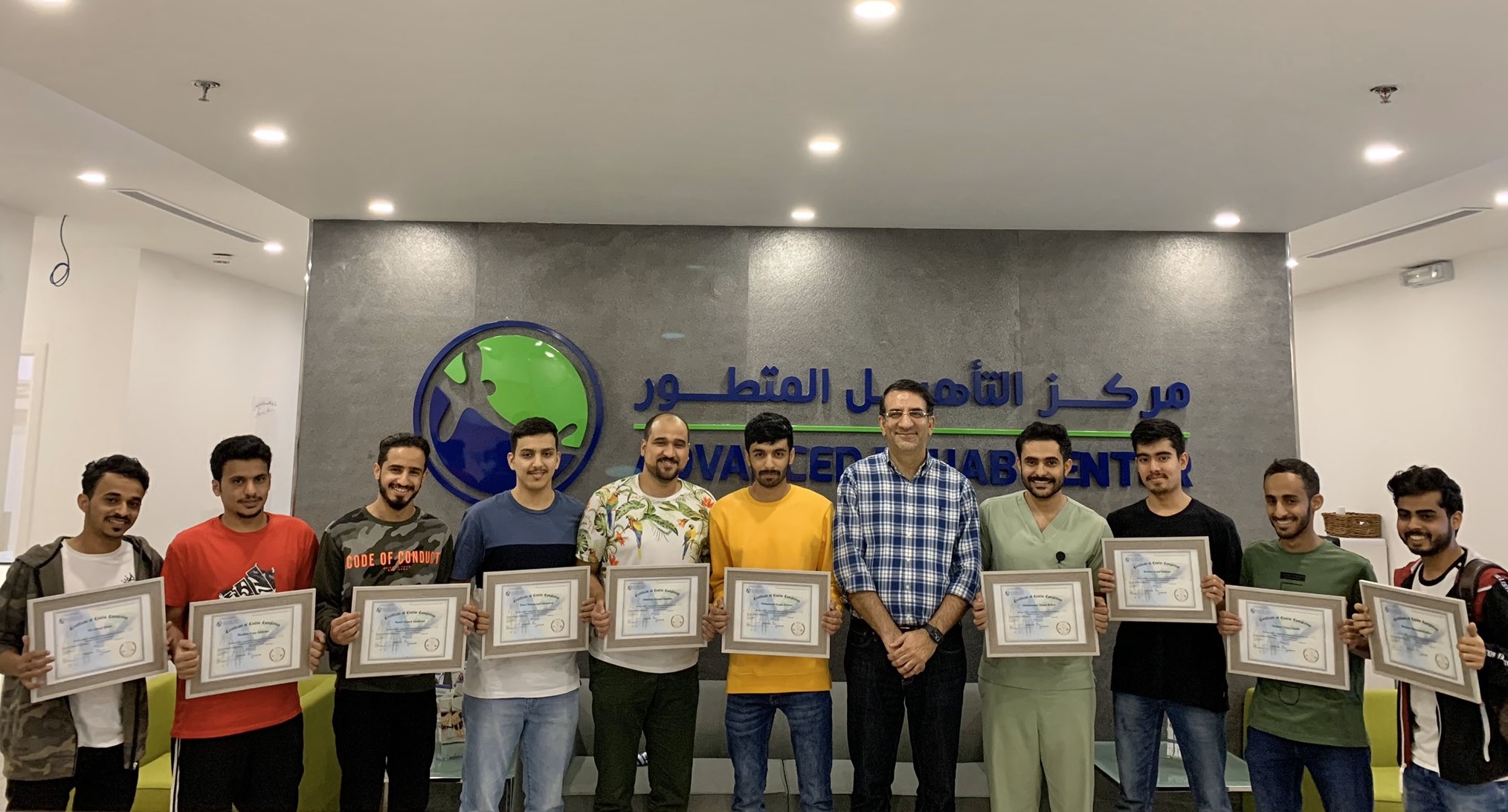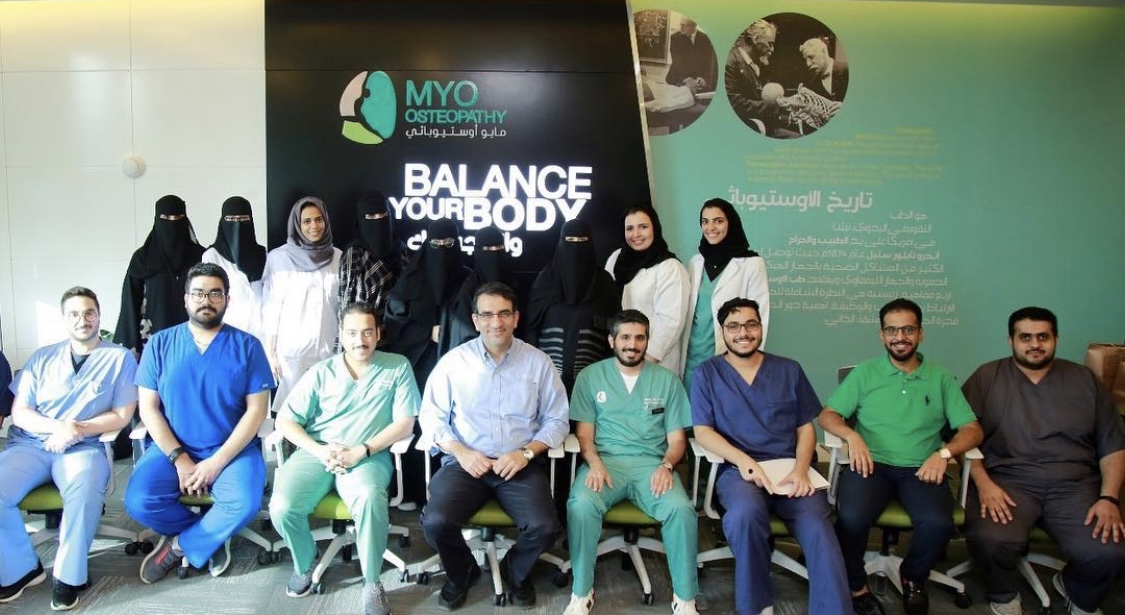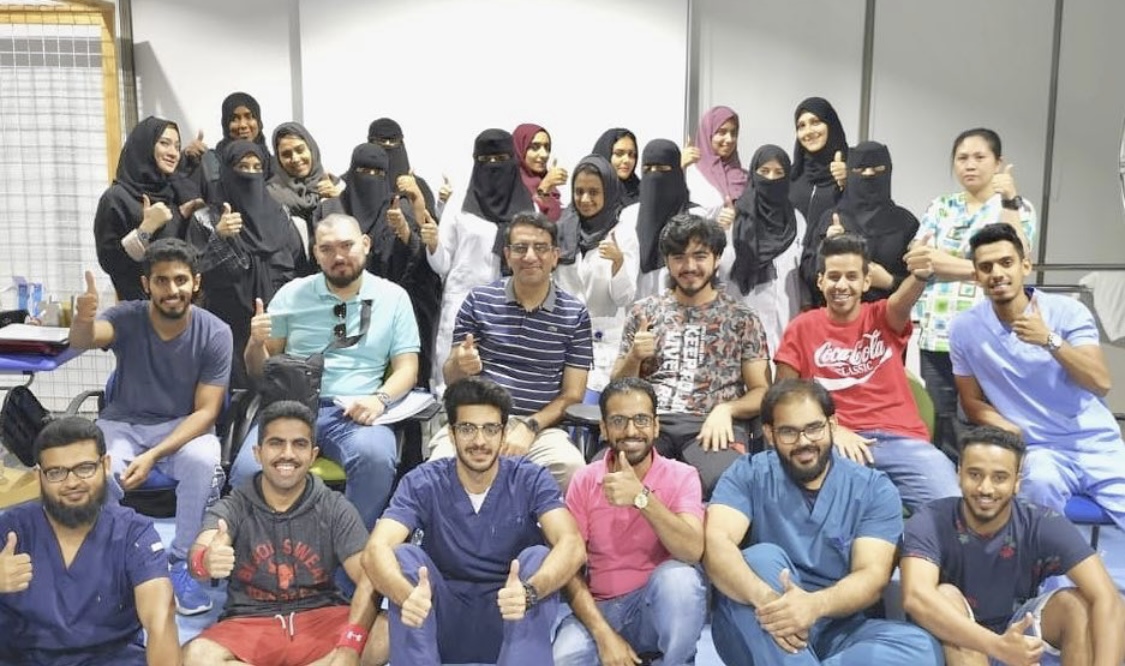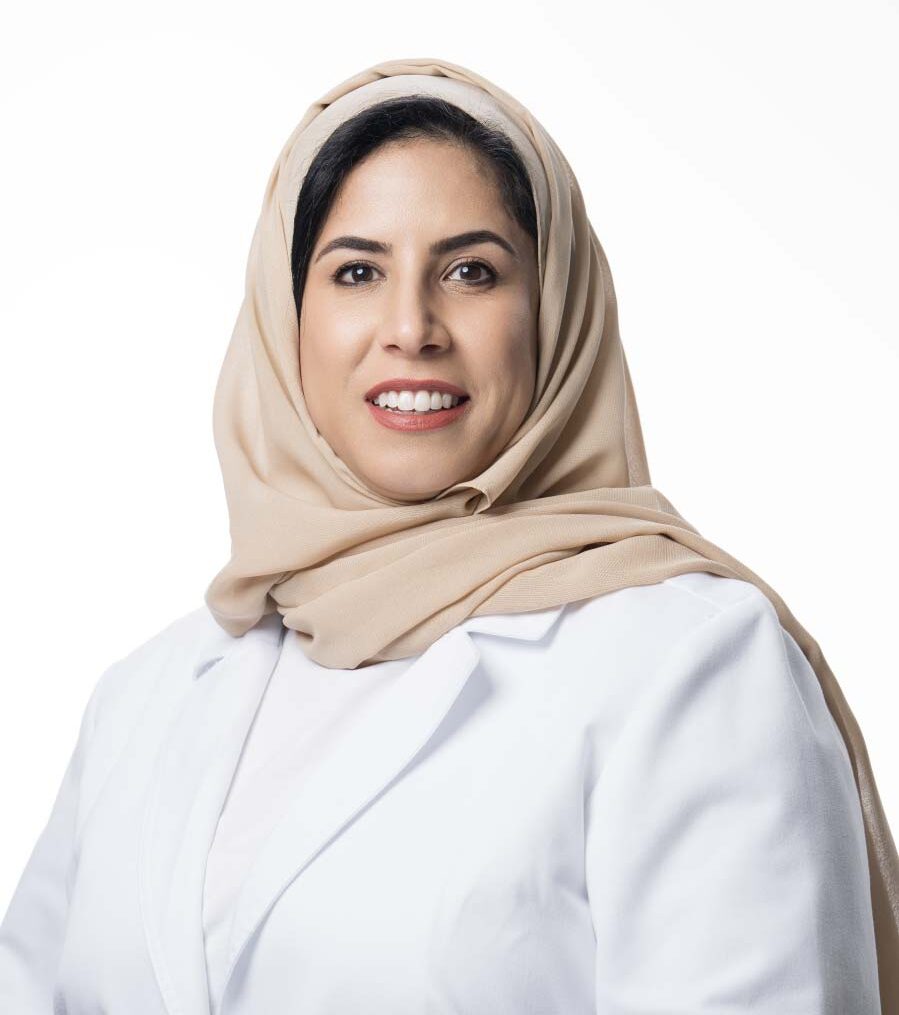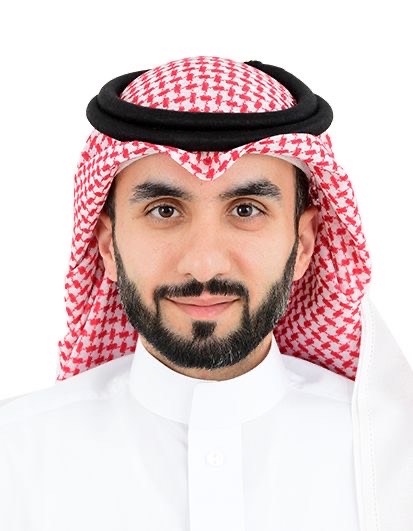Trained■
Certified■
Supplied■
Advance Your Practice
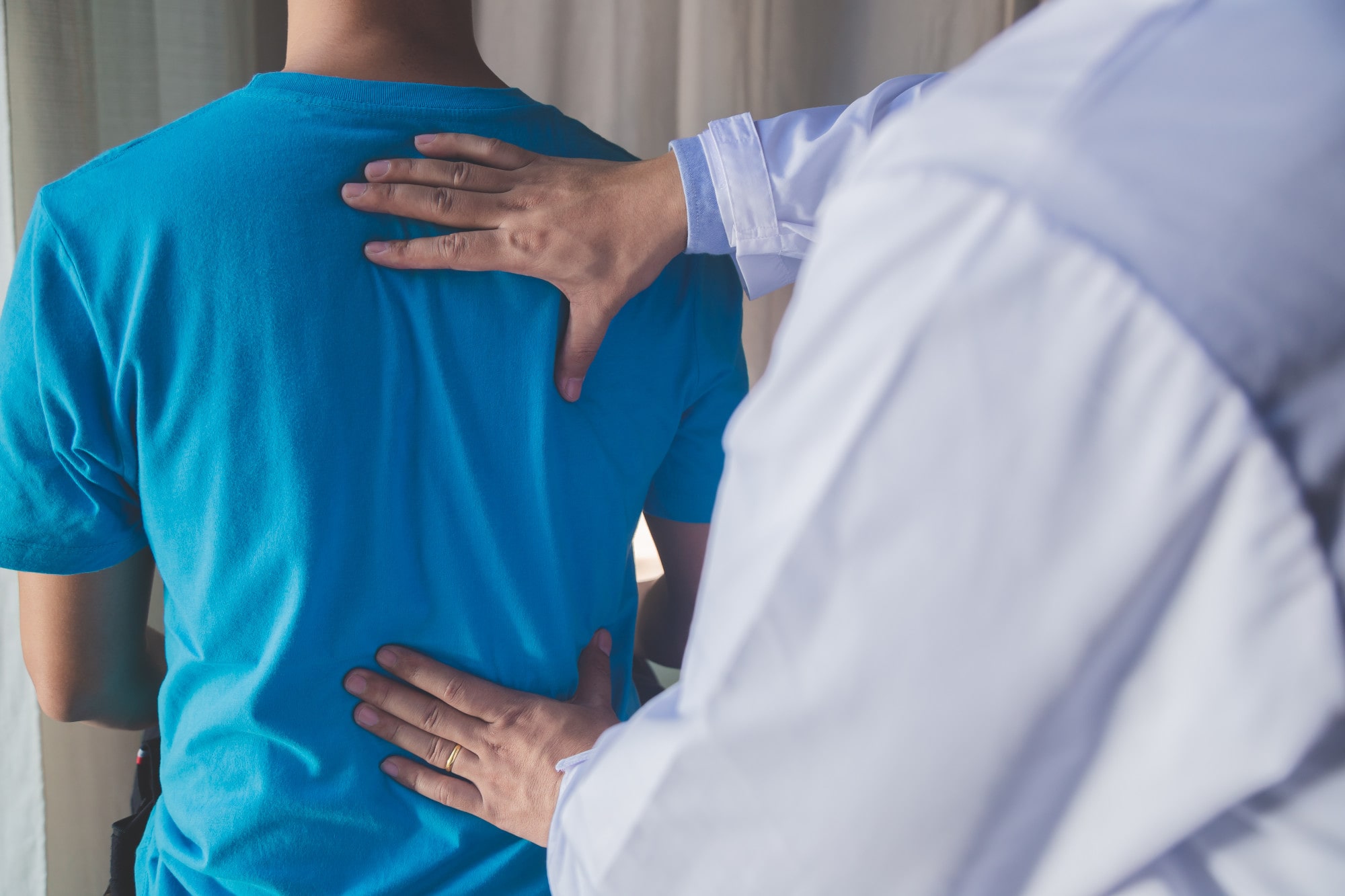
Expert Training
+2000
Participants
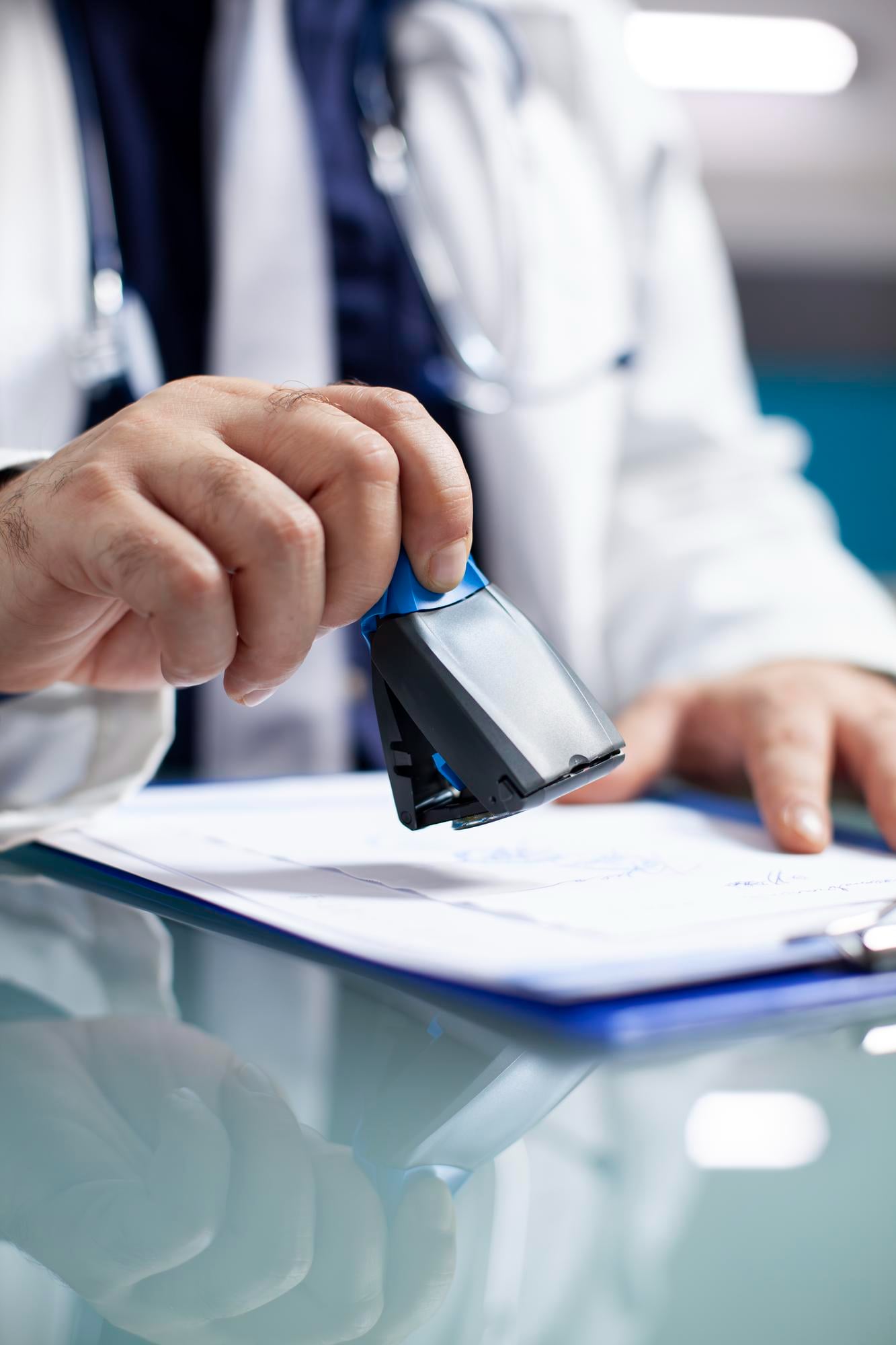
Certified
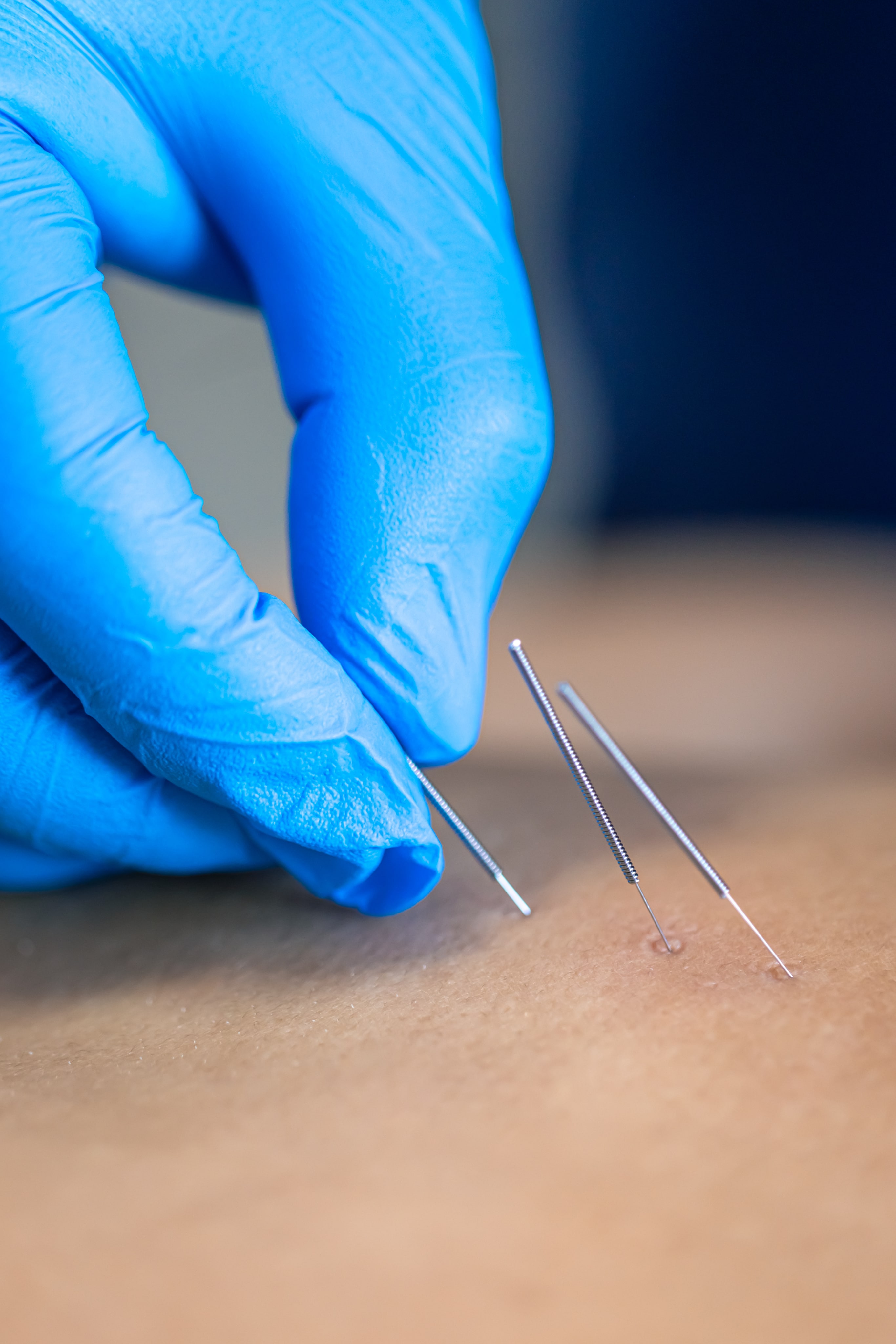
Supplied
Globally Recognized Institutes
We partner with world-leading institutes to ensure the highest standards in physiotherapy education.
All our courses are internationally accredited and professionally recognized.





.png)
Why Choose Us
Our programs are designed to support your professional journey, with trusted experts and global accreditations. From specialized learning to certified hours, we help you stand out and grow.
Expert Guidance
Learn directly from leading physiotherapy professionals through focused and practical training designed to elevate your skills.
Certified Hours
Earn accredited scientific hours from the Saudi Commission for Health Specialties and top international institutes . recognized and trusted.
Career Boost
Build a standout resume with certifications and real-world expertise that open doors to new job opportunities and career growth.
Our Courses
Explore specialized courses in physiotherapy and rehabilitation — designed for real-world impact. Learn from certified experts and earn globally recognized credentials.

Schroth Certificate -Riyadh -2026
Course Title:
Schroth International Certificate
Accredited by: International Schroth 3-Dimensional Scoliosis Therapy (ISST)
Date and Location :
Riyadh - Baraya center
- Schroth Part 1: Apr 08 - 12, 2026.
- Schroth Part 2: Jun 30 - Jul 04, 2026.
About institute:
Schroth Therapy was founded by Katharina Schroth in 1920 and continuously refined through the experience of Schroth therapists from all around the world and named today Asklepios Katharina Schroth.
Concept for ISST – Schroth Therapist courses:
• ISST-International Schroth 3-dimensional Scoliosis Therapy according to Asklepios Katharina Schroth is using an individualized exercise program combining corrective behavioral patterns with physiotherapeutic methods. The 3D scoliosis treatment, based on sensorimotor and kinästhetic principles. Its goals are to facilitate correction of the asymmetric trunk, spine, and posture and to teach patients to consciously maintain the corrections and control the scoliotic posture increasingly more in daily living activities.
• The main elements of the treatment approach are the correction of reversible spinal dysfunctions, scoliosis specific passive mobilization, active 3D stabilization, Corrective Breathing, postural control, client-centered education with a particular ADL aspect, developing a straightforward and safe home exercise program.
• Braces, if indicated and prescribed, are included in the therapeutic process helping patients to accept this effective therapeutic tool and use it as therapeutic equipment to improve the quality of exercises, especially for the home exercise program where the brace replace feedback from the Schroth therapist.
• In the ISST- courses we will enlighten various scoliosis specific theoretical aspects in combination with functional parts of the therapy approach.
• The course leads from the surface of scoliosis understanding to a more sophisticated and comprehensive clinical reasoning regarding the conservative management of scoliosis.
Goals and Summary:
• The ISST training enables physical therapists to provide sufficient conservative treatment for patients with spinal deviations mainly for idiopathic scoliosis and kyphosis.
• The goal is to prevent surgery, decelerate, or stop the progression and develop effective coping strategies for the patients to improve their social participation and activities in their daily living. This has also a positive effect on the general HQL (health-related quality of life) for children, adults, and elderly patients suffering from scoliosis and kyphosis.
• The training enables PT´s to understand the biomechanical conditions of the asymmetric postural aspects and asymmetric loading of the spine leading to functional and structural adaptations and further risk of progression.
• Specific physical therapy is indicated for patients in a brace and patients reported for surgery or after surgery.
• Therapists learn to define their role as team players in an interdisciplinary network of physicians, surgeons, orthopedic technicians (orthotists), parents, patients, and psychologists.
• Basics: Aetiology, biomechanical concept, vicious cycle-concept, progression, postural imbalance, function and structure, brace, surgery.
• Medical assessment: Visual-manual examination, therapy protocol, X-ray evaluation, scoliometer, functional tests.
• Classification: Schroth, King, Rigo, Lenke.
• Specific mobilization: Passive, assistive, active specific manual techniques: side bending, tilt, side shift, derotation, sagittal realignment.
• Breathing therapy: Corrective Breathing: a specific internal detorsional force to reverse scoliotic features and mobilize restrictive chest dysfunctions.
• 3D stabilization: Exercises in the treatment of idiopathic scoliosis, from positioning to auto-self-correction including if available appropriate braces.
• Activities of daily living: Posture variations, natural approaches for leisure, helping to avoid progression and reduce asymmetric loading – instructions for working with Basic Tension and balancing exercises.
• Sagittal correction: Correction in the sagittal plane, easy to apply and essential for spinal stability especially in the lumbar area.
• Exercises with the brace: Multidisciplinary concept including bracing.
Program levels:
Part 1:
• In the first course, it is the presentation of an overview regarding theory and practical parts of the approach combined with general information regarding scoliosis.
• The students will learn to recognize scoliosis features, assess scoliosis, categorize patients, and start to develop thinking in “Body Blocks” and necessary corrections in body planes around biomechanical axes. Corrective Breathing provides a fundamental element for the use of intrinsic forces to improve functional activities and mobility in the concavities of the deformed and altered trunk.
• Positioning with simple tools is a crucial part of the learning process from a simple to a more complex understanding and also a first step in the adaptation of the ISST elements into the daily routine of the therapy process.
• Participants learn the Basic Corrections including pelvic corrections with Basic Tension and assistive Shoulder Counter-Traction. Manual techniques will be used for proprioceptive teaching and to improve the functional capability of the patients.
• Basic 3-dimensional stabilizing exercises in stable positions help to restore physiological alignment. Important is to adapt and internalize typical exercise instructions to reach an associative followed by an autonomous stage in the learning process.
• At the end of Part I the written exam takes place.
• Homework task / study task
• Between Part I and Part II participants have to prepare documentation of 2 case reports for two different patients.
• The documentation includes examination protocol, positioning diagram, photos from patients in a standing position (front-back-side-Adams test), with Basic Corrections in lying and sitting position and the therapy plan: 3 exercises, one breathing exercise, two mobilizing techniques, two home-exercises.
• In Part II these papers will be a prerequisite for the certification process; some of the case reports will be presented and discussed.
• Students have to read the 2011 Sosort guidelines: Orthopedic and rehabilitation Treatment of idiopathic scoliosis during growth, in Scoliosis and Spinal Disorders, BioMed Central
• The goal of the homework task and study is to work independently with the examination assessment tools and practice the evaluation, preparation, and documentation of the scoliosis specific therapy.
• The case presentation in Part II describes ways to install the program in the daily routine and offers the chance to discuss the limitations and the prospects of the approach.
• Studying the Sosort Guidelines 2011 helps to understand the range of different, less and more, intensive conservative therapy elements (regular observation, exercise-based pro-active therapy, part-time/full-time bracing, surgical intervention) according to the risk of progression.
Part 2:
• Course 2 gives a deep inside in the educational process of the ISST- Schroth method. The theoretical aspects would be revised and refined; additional classifications like King, Lenke, and Rigo discussed; the main principles of bracing presented.
• Part 2 completes the standardized therapeutic process from physical examination to the individual therapy plan consisting of exercises, postural teaching, and more specific auxiliary manual techniques. The typical exercises are used with more functional and challenging variations to adapt the therapy program to the developing exercise capacity of the patients.
• The relationship between scoliosis and Laterolisthesis will be introduced. Hereby the therapist learns more regarding scoliosis in adult and elderly patients. Scoliosis and pain is the central aspect of this group of patients, and both entities have to be included, mostly separated, in the therapy program.
• In the functional parts, the participants work self-independent supervised by the instructor and have the chance to discuss problems within the therapeutic team.
• To understand more about the surgical way of treatment a short overview of the history and the typical techniques would be given.
Eligibility to attend the ISST course:
Schroth therapy historically is a physical therapy concept, and therefore the certification courses will be offered exclusively to physical therapists. Interested physicians were referred to SOSORT, SRS, scoliosis meetings, and conferences, as well as special courses or visitations in related clinical centers. In ISST-courses physicians and orthopedic technicians could participate in ISST-Basic course Course 1 as observers if space is available.
SOSORT Guidelines:
SOSORT (The International Society of Orthopedic Scoliosis Rehabilitation and Treatment) was formed in 2004, with the key members of the leading European Schroth clinics as founding members. Since then, Schroth therapy has always been intimately involved in and follows the consensus recommendations of SOSORT. The 2011 SOSORT consensus on treatment guidelines for conservative scoliosis treatment defines the leading members of the multidisciplinary team as MD, orthotist, and physical therapist. The exercise methods being carried out under SOSORT treatment guidelines referred to “Physiotherapy Scoliosis Specific Exercises” (PSSE), which is inclusive of the Schroth Method.
ISST – Course Program for ISST- Schroth Therapist:
• The complete course includes two parts each five days with altogether 77 hours (CEU) from Schroth Institute.
• The instructor makes an assignment of duties required to participate in the next part.
• An exception is a ten-day course combining Part I and Part II due to training conditions in specific facilities.
• The intention is to install a severe and intensive delving into practical experience.
Ethics and certification process:
• The certification authorizes for the ISST treatment according to the concept of Asklepios Katharina Schroth but does not permit to teach other professionals the method. In case of non-compliance, the certification and the status of the ISST Schroth therapist will be deprived.
• To pass a written and practical exam is required to get the ISST certification.
• In the practical exam, the student has to prepare a therapy plan for a fictional patient including therapy diagram, scoliometer data, standardized exercise program, and an evaluation of the risk of progression. In the second part, the therapist presents his patient with his/her typical features and selected elements of the treatment program.
• Continuous Education Credits (CEC): To keep the certificate valid ISST Schroth therapists have to participate in ISST refresher courses within 3yr after the last renewal. The refresher courses were organized either by the regional instructors or the senior instructor. Participants can freely choose refresher courses approved by the ISST-International – Training Institute in different regions.
• What's included in the course fee?
• Scoliometer
• Printed educational material
• Certificate of Attendance (After passing exams).
Program International accreditation:
International Schroth 3-Dimensional Scoliosis Therapy (ISST) - Germany.
Notification on teaching: Individuals who pass the qualifying exam are NOT entitled to, nor are they recognized by the ISST to formally teach Schroth

PT. Petra Šimac
.jpg)
Early Mobility In Critical Care
Topics:
- Mechanisms of TBI and Clinical Classifications (Mild–Severe)
- Pathophysiological Impact on Motor, Cognitive, and Sensory Systems
- Common Clinical Presentations and Complications
- Assessment Tools for Motor, Balance, and Cognitive Function
- Rehabilitation Strategies for Mobility and Balance
- Managing Spasticity and Secondary Complications
- Multidisciplinary Case Studies in TBI Rehabilitation
- Physiological Consequences of Immobility in ICU Patients
- Safety Screening: Indications and Contraindications
- Monitoring Vital Signs and Hemodynamic Stability
- Stepwise Mobility Protocols: From Passive to Ambulation
- Device-Related Considerations: Ventilators, Lines, Tubes
- Roles of Multidisciplinary Teams in Early Mobility
- Outcomes: Reducing ICU-Acquired Weakness and Complications
.
Objectives
By the end of this lecture, participants should be able to:
- Review mechanisms and classification of TBI.
- Recognize presentations and complications.
- Identify motor, cognitive, and sensory impairments.
- Perform standardized assessments.
- Apply targeted interventions for mobility and balance.
- Manage spasticity and prevent secondary issues.
- Develop multidisciplinary rehabilitation plans.
- Review physiological impact of immobility.
- Identify safety parameters for early mobility.
- Monitor vital signs and stability during interventions.
- Apply progressive mobility protocols.
- Adapt mobility considering device-related precautions.
- Collaborate with ICU teams for safe outcomes.
- Facilitate recovery and reduce ICU-acquired weakness.
.
CPD : will be accredited (For full time attendance only)
Certificate : Will be sent by email (For full time attendance only)
Educational Material : Slides will be shared after the course.
.
Time: 4-7 PM (please arrive 30 minutes earlier)
.
.
GoTo Webinar:
After completing your registration through the Physioshop website, you will receive an email with a registration link for the GoTo platform.
Please complete your registration on the platform as soon as possible before seats are filled.
.
Important Notice:
• GoTo allows access from only one device per registered email address.
• Do not share the link with anyone who is not registered in the program and Do not change the device after logging in to avoid cancellation of your access with the same email.
.
.
Don’t miss this opportunity to enhance your clinical skills!
Register now and secure your spot.
.
For any query please don’t hesitate to contact us in WhatsApp wa.me/966503747307

PT. Mohammed Alharbi
Celebrating Our Graduates
From the classroom to the real world — these moments capture the pride and achievement of our graduates as they take the next step in their careers.
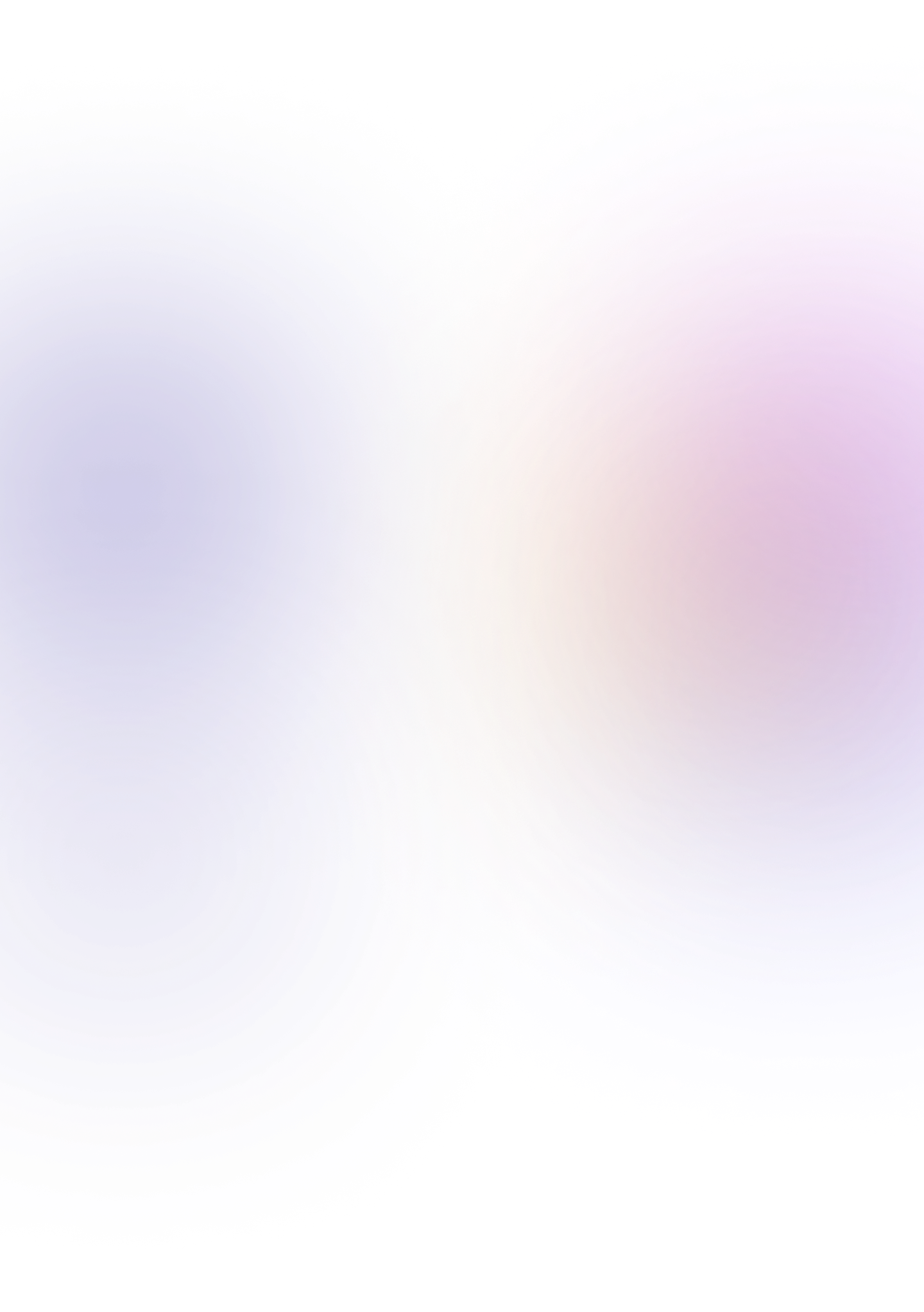
Our Instructors
Learn from experienced professionals with years of clinical and academic expertise. Our instructors are certified specialists committed to delivering real-world knowledge.
Frequently Asked Questions
Have questions? We’ve got answers. Find everything you need to know about our courses, certifications, and services.
